
66 minute read
The Novel Crack
By Fredalupe! Editor of The New Agora R EACHING FOR THAT magic number of change, beginning again, with this very first issue of our third Volume, in the futuristic year of 2020, we welcome you, dear reader, to the Show.
New year, new logo, new volume, new day, new agora. Who doesn’t enjoy a new day? If there’s one thing we can surely all agree on together it’s that we all share the same love of a fresh start, new beginnings, the novel crack of an unfamiliar book opened, that perfume of promise, the crisp clean coolness of that wonderful shining newness, a metaphor for first times, for best times, for the adventure just begun, for youth at any age, present in every dawn for the young and old and the timeless truth of all beings.
Advertisement
As our latest cover play happily communicates, to newcomers and those many, many loyal readers and long-time patrons who have been with us for the long haul, we are, once again, changing.
To exist is to change, to change is to mature, to mature is to go on creating oneself endlessly. – Henri Bergson During our tenure curating Truth and Freedom in these crazy days where both have become terribly unfashionable and often times even criminal in the extreme, we have found it wise and strategic to remain fluid in the way we walk and work in this dimensional reality. Undesirous of fanning the flatulent flames of fear so purposely primed and ready to ignite and combust the very air we breathe, nor wishing to trample on anyone, misguided or otherwise, deserving or otherwise, it really has been quite the lesson in modern dance. Who knew Lorenzo and I were to become veritable paragons of peace, soft-shoeing our way through fields of frenzied foolishness? Heavens! Watch your step & don’t stop the
music!
Incredible change happens in your life when you decide to take control of what you do have power over instead of craving control over what you don’t. — Steve Maraboli
The egomaniacal madness presently possessing the masses and its institutions is no easy obstacle course in which to navigate throughout one’s life, and all to supposedly ‘make a decent living’. No doubt you’ve noticed this yourself as it’s a rather inescapable feature set up from the get-go of our experience here, for one and all, fun for the whole family.
They always say time changes things, but you actually have to change them yourself.
—Andy Warhol
And so here we all are. Here we all are together, greater than the sum of our parts, yet again insisting on that truth’s inherent strength, that strength’s implicit truth, truths really: that we are ‘in it’ together, that mass makes might, that together we make the world, if only we dared imagine more for ourselves, and, even, dare I say it: one another. It is through the cracks in our brains that ecstasy creeps in. — Logan Pearsall Smith Our change is a movement of energy at its core, more so a crystallization in the sense of concentrated powers and intent, one whose gravity has worked to attract a host of like-minded and self-directed participators keen on cooperatively co-creating the best possible version of who and what and where we are regardless of the dark shenanigans of these ‘interesting times’.
“Here’s to the crazy ones. The misfits. The rebels. The troublemakers. The round pegs in the square holes. The ones who see things differently. They’re not fond of rules. And they have no respect for the status quo. You can quote them, disagree with them, glorify or vilify them. About the only thing you can’t do is ignore them. Because they change things. They push the human race forward. And while some may see them as the crazy ones, we see genius. Because the people who are crazy enough to think they can change the world, are the ones who do.”
― Rob Siltanen As our substance has increased, our volume if you will, and as we turn the page on who we’ve been to allow room for all that we might yet become: We Invite You, Dear Reader, to join in on the fun, to come and find your place (no one else can: it’s yours), to craft it, to embody that which you truly are, to throw in more than just your two cents, to commit your whole being into this adventure we share called life. Free your inner pioneer, your Dreamer, your creative consciousness. Blooming is the point! In a sense this is our sacred duty, one that can only be fulfilled by each and every one of us on our own. If you find yourself following trends & fashions, or anything or anyone… ask yourself at what cost exactly do you do so? By all means triangulate and study the movements and thoughts of the day, but don’t lose yourself in them. Allow the world to teach you what it will: then go your own way. You’ll eventually find the best of us doing the same. T’was ever so.
When people are ready to, they change. They never do it before then, and sometimes they die before they get around to it. You can’t make them change if they don’t want to, just like when they do want to, you can’t stop them. - Andy Warhol We are all changing. Whether we age like complex wine or spoil like evil cheese, it could be said that our choices determine our fates, and that the power of our decisions is all we really have. So have a care, as with every action we make of ourselves what we will. Change, when it comes, cracks everything open.— Dorothy Allison Cheers!

Art of Life From page 5
others that have muddied his beautiful music, and that if he has been weak enough to allow it, then he is surely unworthy of a fresh canvas anyways. The fact that he has created his own pain, his own setbacks, his own poverty, his own illness, is absolutely preposterous to him, for he has no conscious recollection of ever even scripting that into his play. He looks at the disheartened art around him and decides that he is normal; he is just the victim of an unfair life as much as anyone else. And so he continues to feel justified in his belief of himself as the victim of a degrading story, forever looping and materializing this reality into his existence. This is the experience of modern humanity’s belief systems in a nutshell. Beliefs Create Form “Your world is a living expression of how you are using and have used your mind.” -Earl Nightingale In this world, our beliefs are our utensils and our lives are our canvas.
In simple terms: there is no doubt, logically and intuitively, that we are master creators of our own experience. What we believe, we create. This crystal-clear truth is evident to those who have used it for their success. The more humanity sees this for themselves the more it will evolve to new heights. Changing our reality is only as difficult as we believe it to be. When we sincerely understand the thought-constructive nature of the universe and the massive role of the subconscious mind, we will stop looping into self-sabotage, realizing our ability to create fulfillment for ourselves. This is the way of the new paradigm of free humans. Already we see solutions arise as innovative minds discover new possibilities. In the study of epigenetics, biologists show that it is not the genes that control our fate, but the environment of the genes that are the true builders of your cellular community (aka: your body). The environment of your genes (i.e. your thoughts, feelings, beliefs, etc.) are what give the information directly to the 50 trillion cells in your body that decide how to use these genes, not the genes themselves. Subconsciously or consciously, YOU are the operator of your DNA. As you change your thoughts, you change your life. In the cuttingedge work of Dr. Bruce Lipton, he makes it clear that we are not victims of our reality, but are creators of it.
The enslavement on this planet has been less physical than it has been psychological; for the mind is the root, or perhaps the conductor, of all material manifestation. It is no mystery why humanity’s creative capacity has been literally harnessed by those who wish to dominate the world, and thereby have it used against them. After all, if your thoughts and feelings weren’t such powerful fuel for creation, why would everyone want to control them so badly? We cannot overlook the fact that many of our beliefs are not our own, and when it comes down to the official stories of the world we’ve been given, we know very little about who we really are. Our deep-rooted and usually subconscious ideas of ourselves and others control our destiny. Until we take the initiative to become aware of these deepseated (or should I say deep-seeded) dogmas and transform them, they will decide the way our art form takes place. As Carl Jung wisely said, “Until you make the unconscious conscious, it will direct your life and you will call it fate.”
Nonetheless, one need not feel guilty for contributing to the casualties of their
PSILOCYBIN IS Anaturally occurring prodrug (prodrug: a medication or compound that, after administration, is metabolized into a pharmacologically active drug. Ed.) that is synthesized by over 200 mushrooms of the Psilocybe (pronounced sil-owe-si-bee) genus. It belongs to a class of drugs often referred to as hallucinogens or entheogens. Humans have used these compounds for millennia, from tribal peoples conducting rituals and ceremonies, to secretive cults in Ancient Greece utilizing them to induce creative and insightful epiphanies. This is perhaps why the Greeks possessed advanced astronomical and scientific understanding. The biological mechanisms behind why these drugs
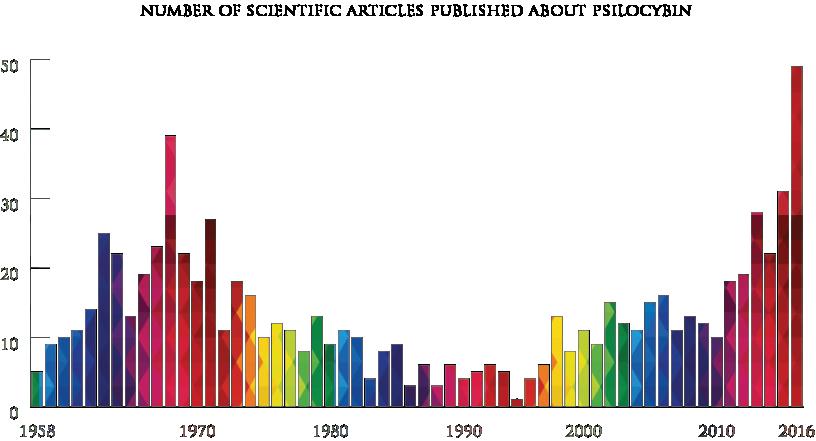
induce effects including synesthesia, spiritual or mystical feelings of connectedness, out of body experiences, and even communication with otherworldly entities, are not fully explainable by current scientific knowledge. What we can scientifically quantify is that various species of the Psilocybe genus produce differing concentrations of many psychotropic tryptamine compounds, the most prevalent of these being psilocybin, psilocin, and baeocystin. Contrary to popular belief, the compound that produces the mind-altering effects associated with Psilocybe mushrooms is not psilocybin, but psilocin. After you eat ‘magic mushrooms’ psilocybin is dephosphorylated (the removal of a phosphorus molecule) by the liver into psilocin, whose molecular structure is highly similar to that of serotonin, one of the most important neurotransmitters in the human brain.
Psilocin is so similar to serotonin that it is able to bind with numerous serotonin receptors (specifically the 5HT2 and 5HT2a receptors). When this bond is formed it causes drastic changes in neural chemistry, transmission and cross-network communication. Primarily the increased secretion of Glutamate & Brain Derived Neutrophic Factor, dampening of the Default Mode Network, and the re-routing of information through brain networks that are not connected in the “sober” state of consciousness. n Glutamate is a vitalneurotransmitter that accounts for over 90% of the synaptic connections in the brain, andis involved in crucial brain functions like cognition, learning, memory, and energy acquisition. n Brain Derived Neutrophic factor is a
protein that helps to stimulate and control the process of neurogenesis, it also plays a key role in long-term memory, neural development, coordination, and the deciphering of sensory input by the brain. n The Default Mode Network is responsible for a variety of cognitive functionsincluding day-dreaming, selfreflection, and the ability to perceive the past, present, and future. Somestudiessuggest that depression is linked to an overactive DMN. The theory behind this is thepossibility that a highly active DMN causes us to extensively ruminate, over-analyze, and become removed fromthe present moment to question the past and the future.
Although it has been known that ingesting mushrooms produces an enhanced, transcendent state of consciousness for countless generations, little research has

million people worldwide. Legacy institutions including Harvard, Yale, Stanford, and Johns Hopkins University are studying the safety and efficacy of psilocybin in treating a host of psychological conditions, including depression, addiction, PTSD, and OCD. Congruent with humanities’ sparse knowledge of why psilocybin affects our cognitive function so drastically, it is also unclear to us why mushrooms of the Psilocybe genus synthesize the mind-altering compounds psilocybin and psilocin. One theory suggests that it is a mycological defence system, causing a reduction in the appetite of insects in close proximity to the mushroom. While from the conventional scientific perspective this seems a logical conclusion, the conventional position throughout history has consistently been proven wrong and amended. We should not rule out the possibility that psilocybin, along with other naturally occurring “psychedelic” compounds like Di-Methyl-Tryptamine (DMT) and Mescaline, have evolved symbiotically with humankind developing increased selfawareness.
The postulation that psilocybin and
Visual representation of connections in the brain of a person given psilocybin (right) and placebo (left)
been conducted on the topic by the scientific establishment. In the 1960’s there was a flurry of studies that showed immense promise for psychedelics. Some researchers even theorized that they could assist in mystic practices like remote viewing, mind control, and telepathic communication. However, this flourishing state of open-mindedness was short lived. In 1970, the ComprehensiveDrug Abuse Prevention and ControlAct was passed, and swiftly halted all research into the vast, untapped potential of psychedelics. This prohibition endured for over 40 years until around 2010, when the perception towards psychedelics of authorities and institutions alike began to shift towards the recognition of medical benefits associated with these drugs. Today the unquestionable benefits of psychedelic substances, psilocybin in particular, have been acknowledged by governing bodies as influential as the FDA, who have given psilocybin a “breakthrough therapy” designation, in an attempt to fasttract the drugs process through clinical trials as a treatment for Major Depressive Disorder (MDD), a condition which affects over 300
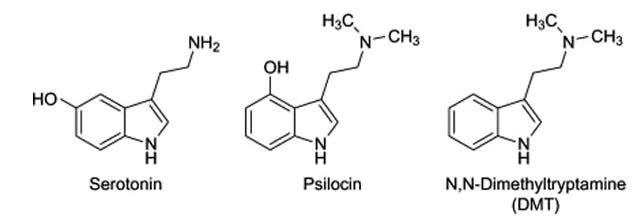
other naturally occurring psychotropics are linked to human capacity for consciousness and self-awareness, and responsible in part for the doubling of our brain size in, from an evolutionary perspective, “the blink of an eye” is a theory first put forth by Terrence Mckenna. Mckenna was a legendary psychonaut and activist who believed that psychedelics were a “Rosetta Stone” for understanding and deciphering human consciousness, and crucial for us to further evolve into fully aware and understanding beings. This belief was perhaps also held by numerous tribal peoples, who revered these substances and believed them to allow communication with “the gods”. Interestingly this is actually congruent with modern scientific research showing that under controlled conditions and with specific intention set, psilocybin can reliably induce spiritual or mystical experiences and communication with entities either created within the mind of the subject, or from another dimension.
One of the key factors that science cannot explain about psychedelics is the importance of set, setting and intention in determining the result of a psychedelic experience. Your physical surroundings, for example temperature, others around you, auditory stimulation, and your level of familiarity with these variables play a role almost as important as the dosage of the drug itself. Research at Johns Hopkins University recently confirmed what Shamans have known for eons, that music is inexplicably intertwined with human neurochemical reward systems, consciousness, and as a function its frequency and vibration, the universe as a whole. They have curated a playlist, noting the tempo and arrangement of tracks, that builds into a crescendo peaking around 2 hours into the playlist (also when the effects of psilocybin peak) in an effort to assist an individual into having a truly profound experience. I recommend all psychedelic users listen to this list during their next experience. Along with exogenous stimulation your mindset and intention of what you want to get out of the experience also has the potential to drastically alter what you will feel while psilocybin is being metabolized. Personally, I set intent on becoming more sociable, and overcoming my somewhat introverted nature. I ask the mushroom what I can do to strengthen both the varied relationships in my life, and my own psyche against negative feelings like rejection and inadequacy. Often the answer is challenging, and forces me to step out of my ‘comfort-zone’, however I feel that the results have been extremely vindicating, and that psychedelics have been the catalyst for immense personal growth, making me a more empathetic, generous, self-aware, and relaxed person.
In conclusion, similar to consciousness itself, we understand much of the biological function underpinning a psychedelic experience (described above) but seem to lack a crucial component of why it works, why every individuals experience differs, and how these substances evolved to interact with consciousness in such a metaphysical way. When one ingests these substances, the intense feelings of connectedness, love, empathy and understanding, and the realization that these emotions are antediluvian (older than civilization itself) is so strong that it can be overwhelming. During the experience you are flooded with emotion, often see geometric patterns, consistent with sacred geometry, that seem to be the undergirding of the entire universe. You are able to clearly and efficiently find insights as if from an omniscient perspective, while your mind freely wanders a vastly expansive and immersive realm that can only be accessed through ingesting the wondrous compound that humans call Psilocybin.
Jeff, Co-founder - Champignons Magique
For links & References please go online at: www.newagora.ca
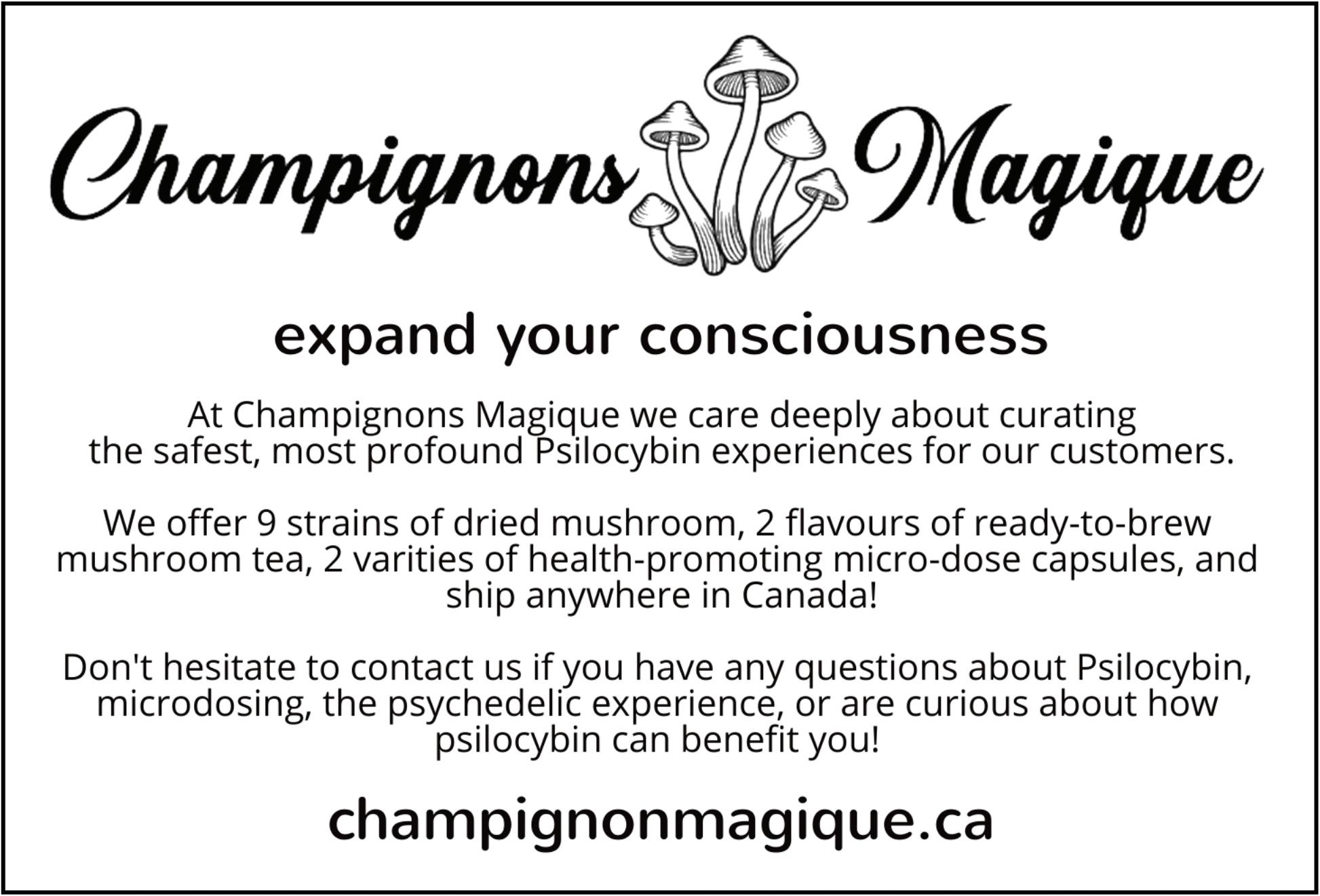

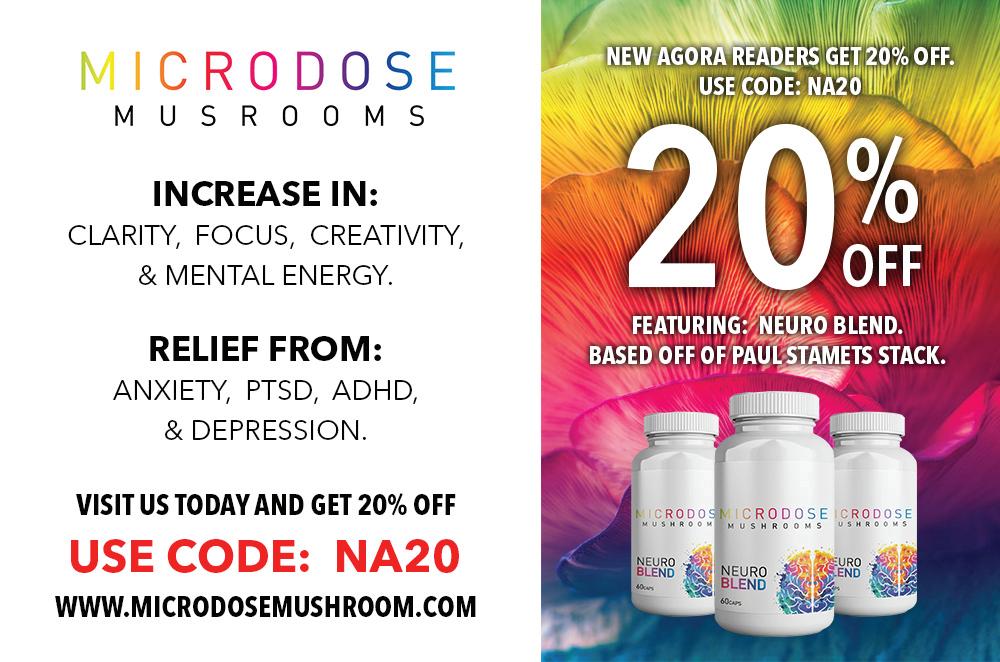
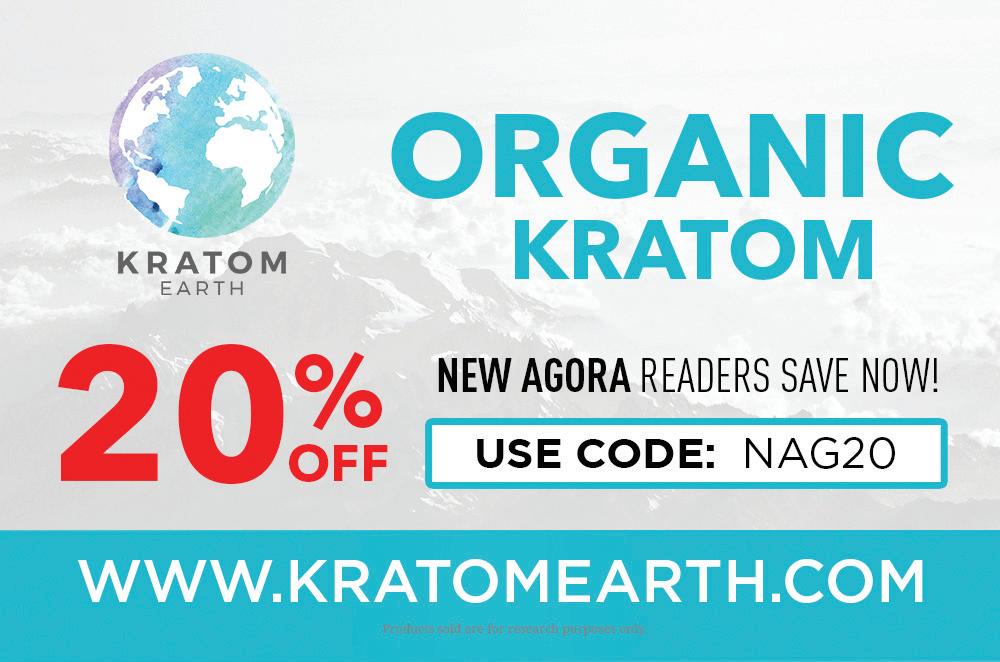
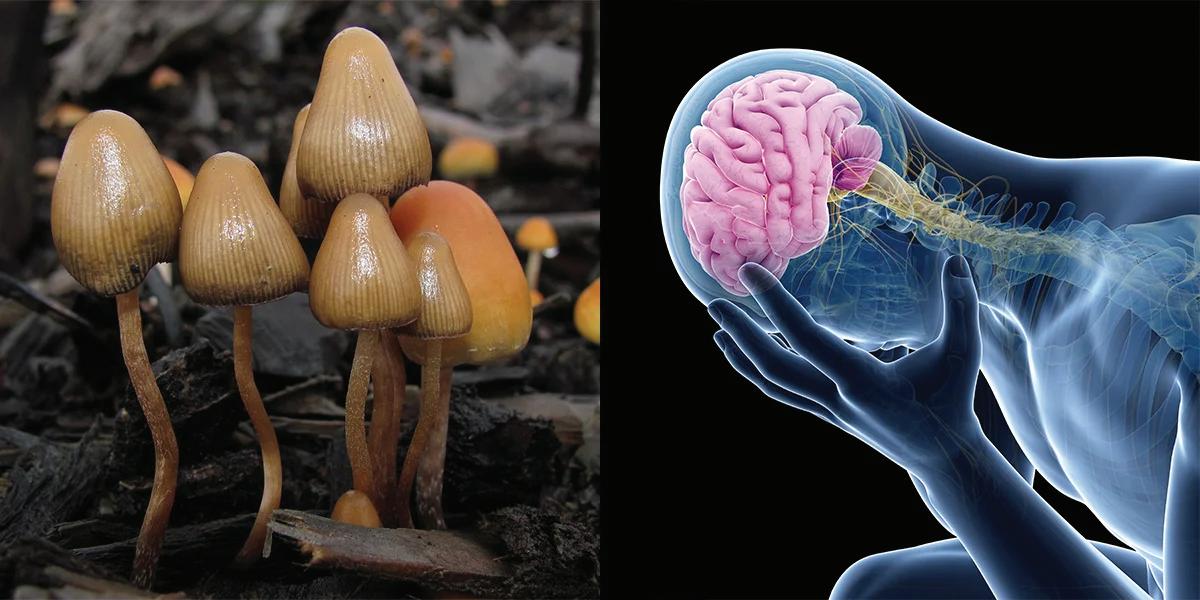
By Mandy Froelich truththeory.com P SILOCYBIN, THE ACTIVE ingredient in “magic mushrooms,” continues to show promise as a natural treatment for anxiety and depression. In fact, in a recently-published study, reduced symptoms were recorded weeks after depressed patients supplemented the fungi. Furthermore, before and after brain scans showed significant changes in brain activity associated with depressive symptoms. The study was conducted by researchers at Imperial College London. Twenty patients with treatment-resistant depression received two doses of psilocybin (10 mg and 25 mg) one week apart. Nineteen had brain imaging done before the treatment and “after” scans were taken after the second treatment. The MRI images were used to compare changes in blood flow and in communication between the brain regions.
Researchers first observed reduced blood flow in the temporal cortex. They also saw decreased blood flow in the amygdala, a small, almond-shaped region which helps to process emotional responses (such as fear, stress, and anger). A significant relationship between decreased blood flow in the region and reduced depressive symptoms was noted. Participants also filled out questionnaires to report on their mental states. They noted a lightening of their depression after the treatments, as well as the feeling that their brains had somehow changed. “Several of our patients described feeling ‘reset’ after the treatment and often used computer analogies,” explained Robin Carhart-Harris, who led the study.
“For example, one said he felt like his brain had been ‘defragged’ like a computer hard drive, and another said he felt ‘rebooted.’ Psilocybin may be giving these individuals the temporary ‘kick start’ they need to break out of their depressive states and these imaging results do tentatively support a ‘reset’ analogy. Similar brain effects to these have been seen with electroconvulsive therapy.”
The finding offers an exciting glimpse into brain networks, which disintegrate under the influence of psychedelics but possibly re-integrate afterward. It also supports previous research which suggests that psilocybin is more effective at dissolving the root cause of mental conditions, including anxiety and depression, than pharmaceutical drugs. In a recent study, Dr. Robin CarhartHarris compared the two approaches. He found that participants who supplement with psilocybin often experience a cathartic “release” whereas folks who are prescribed pharmaceutical drugs regularly feel emotionally “blunted.” “If you ask people who are taking SSRIs chronically, they often say ‘I feel blunted’,” Dr. Carhart-Harris told The Independent. “With psilocybin therapy they say the opposite, they talk about an emotional release, a reconnection, and this key emotional centre being more responsive.” This latest study provides more evidence for psilocybin’s potential as an antidepressant. More research is needed, of course. However, the future is hopeful for individuals who suffer from painful and oftentimes debilitating mental conditions. IMAGE CREDIT1: Sebastian Kaulitzki (https://pl.123rf.com/profile_Eraxion) IMAGE CREDIT2: Wikipedia https:// en.wikipedia.org/wiki/Psilocybe_ aztecorum#/media/File:Psilocybe_ pelliculosa_122504.jpg) For references and links please go to: https://truththeory.com/2019/08/10/ study-suggests-psilocybin-can-reset-thebrains-of-depressed-people/ Written by: Amanda Froelich: I’m an RHN, chef, writer, activist, and entrepreneur who lives in Colorado. I share healthy plantbased recipes at Life in Bloom (https://lifein-bloom.com/) and cannabis-infused recipes at My Stoned Kitchen (https://my-stonedkitchen.com/) Study Suggests Psilocybin Can ‘Reset ’ The Brains of Depressed People
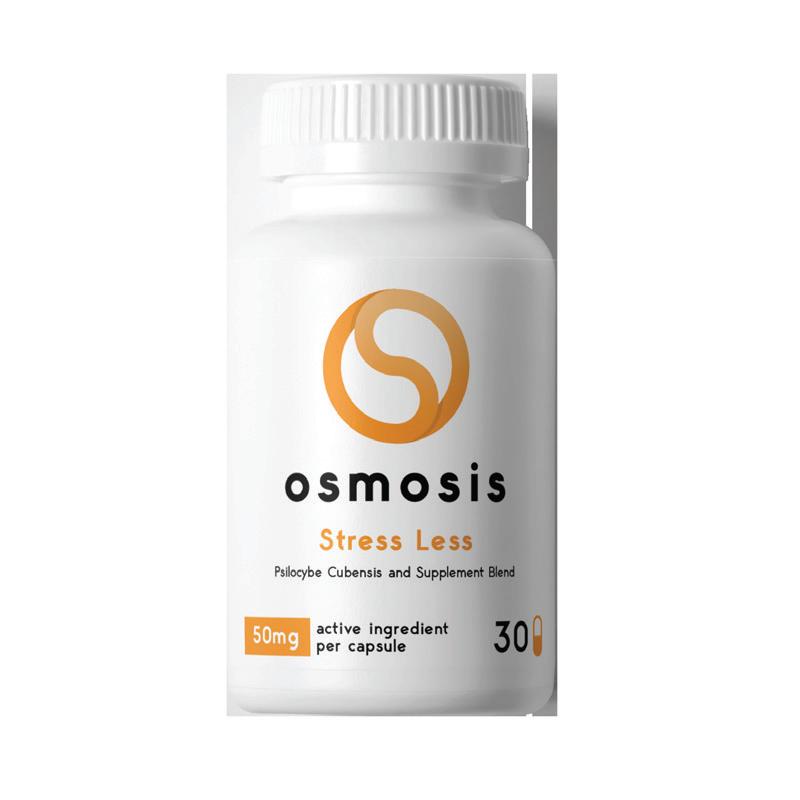
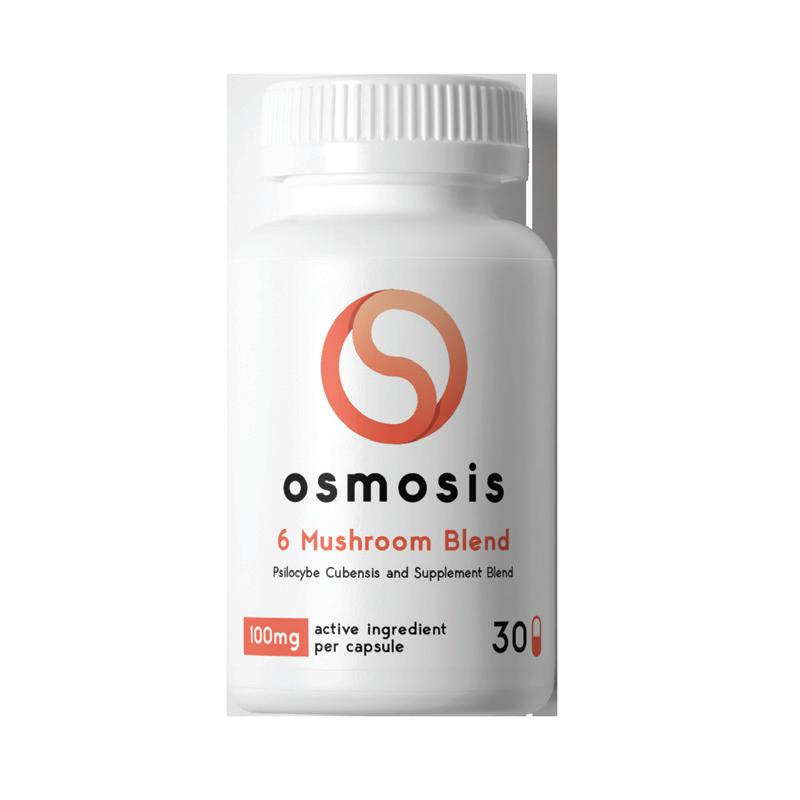

Psilocybin Mushroom Microdosing Capsules
19+
Osmosis is a microdosing blend of Golden Teacher Psilocybe and other organic supplements.

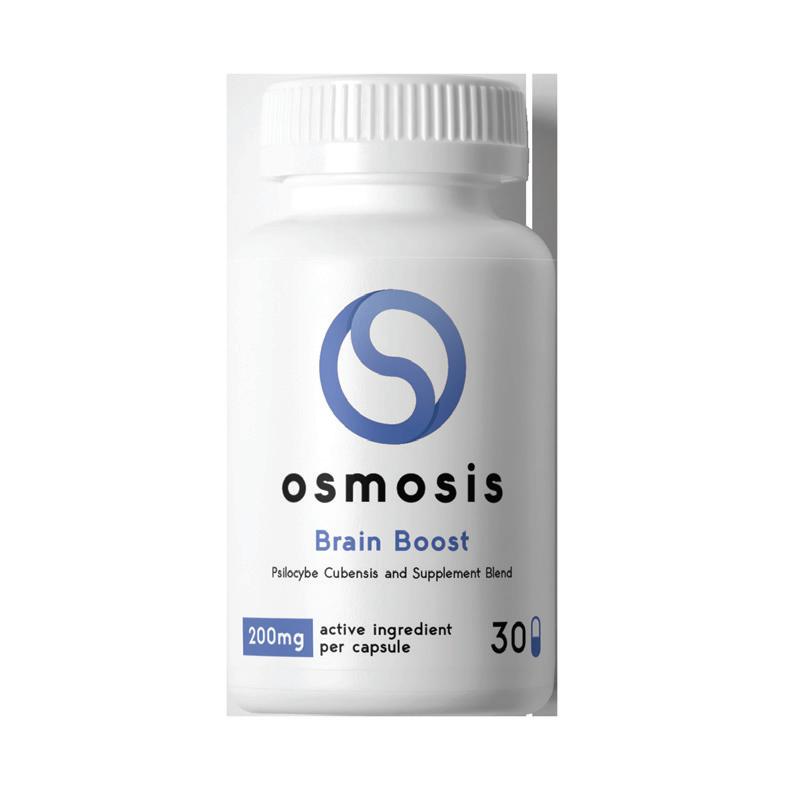
%OFF 20 % off
use code: AGORA
doseosmosis.com
By Dr. Sircus www.drsircus.com R UMI THE GREATmystic poet said, “There is no liquid like a tear from a lover’s eye.” He also said, “There comes a holy and transparent time when every touch of beauty opens the heart to tears. This is the time the Beloved of heaven is brought tenderly on earth. This is the time of the opening of the Rose.”
My Tears Flow My Being Opens Totally As your heart fills with feelings expand yourself, prepare to meet the enormity of your own divine being. The tears of the melting heart can melt all barriers between you and your own deeper and higher self.
Jesus wept and we know that the soul takes no space without the tears of the melting heart to grace one’s life. And old Jewish proverb tells us that what soap is for the body tears are for the soul and Psalms 126:5 says “They that sow in tears shall reap in joy” and Psalms 30:5 reads, “Weeping may endure for the night, but joy cometh in the morning”
Every tear that your heart sheds is a golden drop of sun. I weigh each one in my heart of hearts not knowing from which they all come from. I drink the fluid that runs from your eyes knowing you better with every drop.
“Man is like an onion. When you peel away the layers, all that is left is tears,” wrote Rabbi Nachman of Bratslav, a Hasidic master. “The fruits of the inner man begin only with the shedding of tears. When you reach the place of tears, then know that your spirit has come out from the prison of this world and has set its foot upon the path that


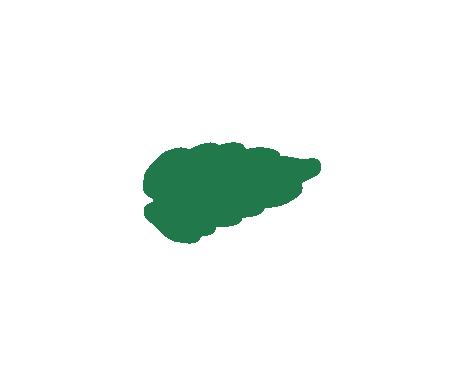
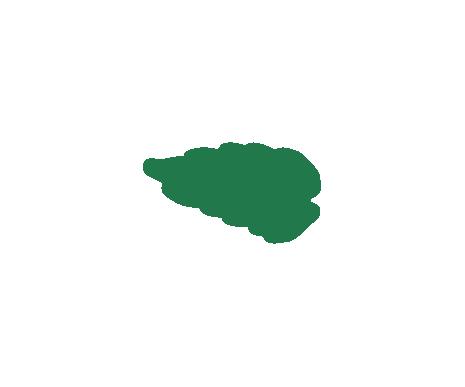
A Secret Cause of Disease — Loss of Heart
What Soap is for the Body-Tears are for the Soul
leads towards the new age,” wrote Saint Isaac of Nineveh.
The Heart represents our basic capacity to care and feel. Inside the purified and free heart is a flow, a river, a current, a passion for life and a healing power that no medical treatment can compete with. The greatest force for health is the human heart. The purpose of our life here on this earth is to contact our being, expand and grow our being by coming into a direct relationship with the essence of our heart’s true nature. And what is this true nature? The heart is the vulnerability of being.
Emotional intelligence comes with an appreciation of each feeling’s role and function in our awareness. Life stripped of feelings is a life stripped of meaning.
Emotional tears heal the heart by returning us to it. Thus crying makes us feel better even if we are not better or the situation is not improving. Dr. Judith Orloff says, “It is good to cry. It is healthy to cry. This helps to emotionally clear sadness and stress. Crying is also essential to resolve grief, when waves of tears periodically come over us after we experience a loss. Tears help us process the loss so we can keep living with open hearts. Otherwise, we are a set up for depression if we suppress these potent feelings. When a friend apologized for curling up in the fetal position on my floor,

weeping, depressed over a failing romance, I told her, ‘Your tears blessed my floor. There is nothing to apologize for.’
Dr. Orloff wrote, “For over 20 years as a physician, I’ve witnessed time and again the healing power of tears. Tears are your body’s release valve for stress, sadness, grief, anxiety and frustration. Also, you can have tears of joy, say when a child is born, or tears of relief when a difficult time has passed. In my own life, I am grateful when I can cry. It feels cleansing, a way to purge pent up emotions so they don’t lodge in my body as stress symptoms such as fatigue or pain. To stay healthy and release stress, I encourage my patients to cry. For both men and women, tears are a sign of courage, strength and authenticity.” We cannot begin to flow towards another person or towards our own higher or inner being until the psychic skin covering the heart is removed. The tears of the melting heart are the key to disperse the cobwebs of our mind releasing us into the mysterious depths of our hearts, so let your tears flow to purify yourself of your mental stress and negativity.
The most obvious confirmation that we are in fact moving in and through the doorway to our deeper beings are our vulnerable tears. Not the tears of self-pity, Story continues on next page By Mac Worthington


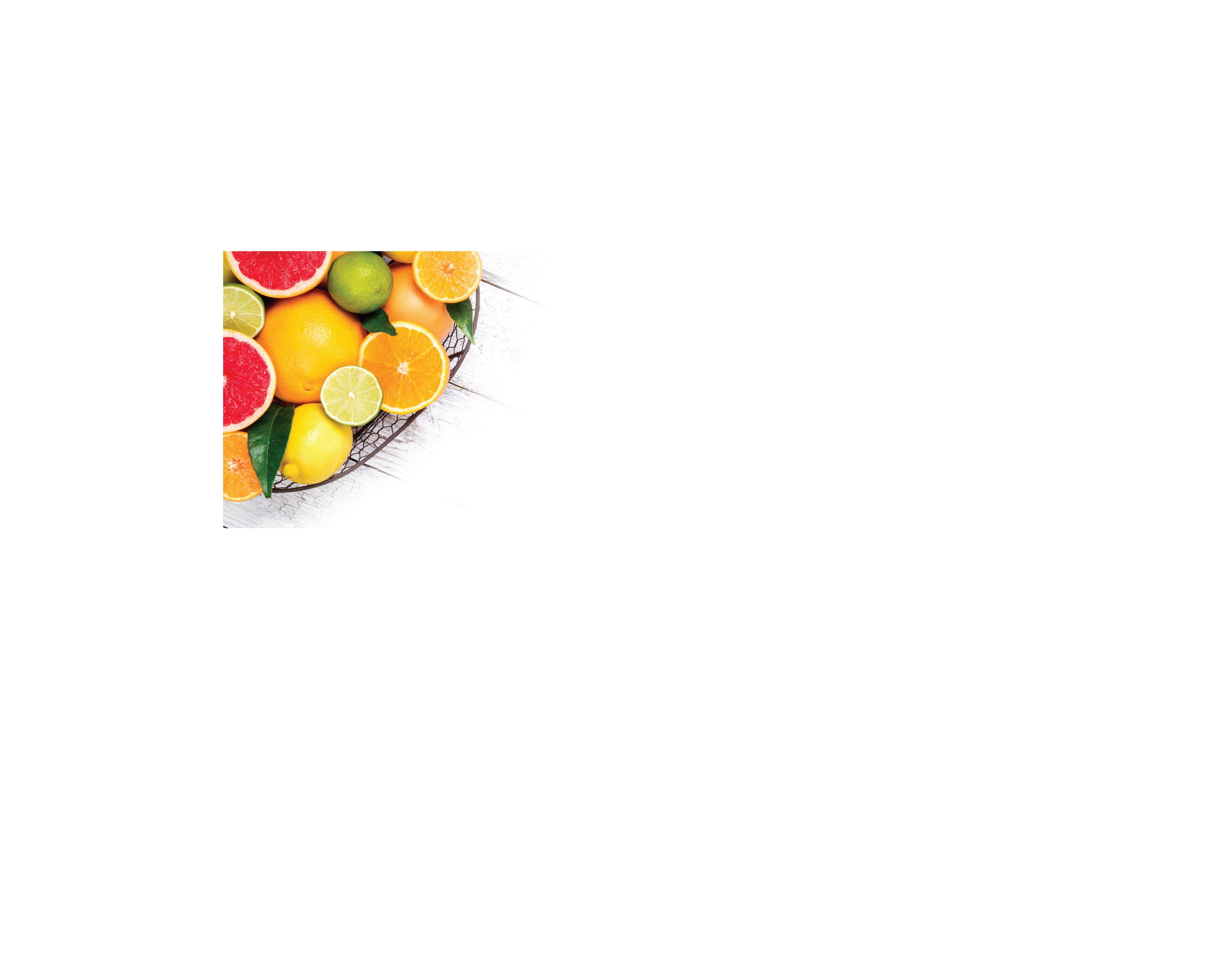
but the simple welling up feeling that almost always accompanies the crossing and crisscrossing of the barriers between the heart and the head. These tears are more like a divine fluid. The tears of the heart are precious and the pure of heart always cherish the liquid river of tears. When we first open the heart a river of feelings is released which swamps the mind and its habitual defenses. We feel overwhelmed because our usual cool control is lost. The coolness of the separate personality is swept away as familiar ground moves from under our feet. Though most fear this moment, it is such a release, such a lightening of our load. Our real self is freed from the iron grip our ego normally holds over heart consciousness.
When we open our hearts we are surrendering ourselves to the vastness and strength and love of God. We open ourselves and make ourselves vulnerable to a great being that is one with all beings. Open to experience, open to it all. It’s thrilling and sometimes even terrifying. Open to love and this is something else again .
A Secret Cause of Disease – Loss of Heart Disease can show us how invulnerable we have become, how walled off we are from the world and our own inner reality of pure being. One of the great secrets of life has to do with the power of the heart and what a return to its vulnerability can offer a person sick or dying of disease. There is a quality of heart and pure

being that can be called grace. The grace of the heart offers us a quality of being that is healing, animating, invigorating, supporting, nurturing, and comforting. The grace of the heart offers an inner tranquility and peace that the mind by itself rarely possesses. Dr. Steven Stosny writes about the strong resistance we have to vulnerability saying, “Your core vulnerability is the emotional state that is most dreadful to you, in reaction to which you’ve developed the strongest defenses. Other states of vulnerability are more tolerable if they avoid stimulating your core vulnerability and less bearable when they don’t. For most people, either fear (of harm, isolation, deprivation) or shame (of failure) constitutes their core vulnerability.” However, when we face our deepest fears and vulnerabilities, we become stronger and more capable of giving and receiving love. Deep in the nuclear core of the heart is a love of life and a love of love. Some beings come here to earth with such a strong heart that no circumstance can beat it out of them. In them is a furnace of heart energy and like the sun it will not be denied though they might have to go through great struggles to release and express this energy. When fighting serious diseases like cancer we need to access the power and strength of our hearts, of love, because this will strengthen our immune systems and give us the will to change the things we need to change and face what we must, even if its death or the death of a loved one. Life is demanding more heart, more love and thus more tears if we wish to navigate through the increasing stresses of life without being ripped apart. Dr. Mark Sircus , Ac., OMD, DM (P) (acupuncturist, doctor of oriental and pastoral medicine) is a prolific writer and author of medical and health-related books. Dr. Sircus’s methods are based on medical science and long years of clinical experience, not only his own but experiences of doctors from around the world who have been practicing brilliant medicine. His books are heavily referenced, but the layperson finds little difficulty in understanding his presentation of medical
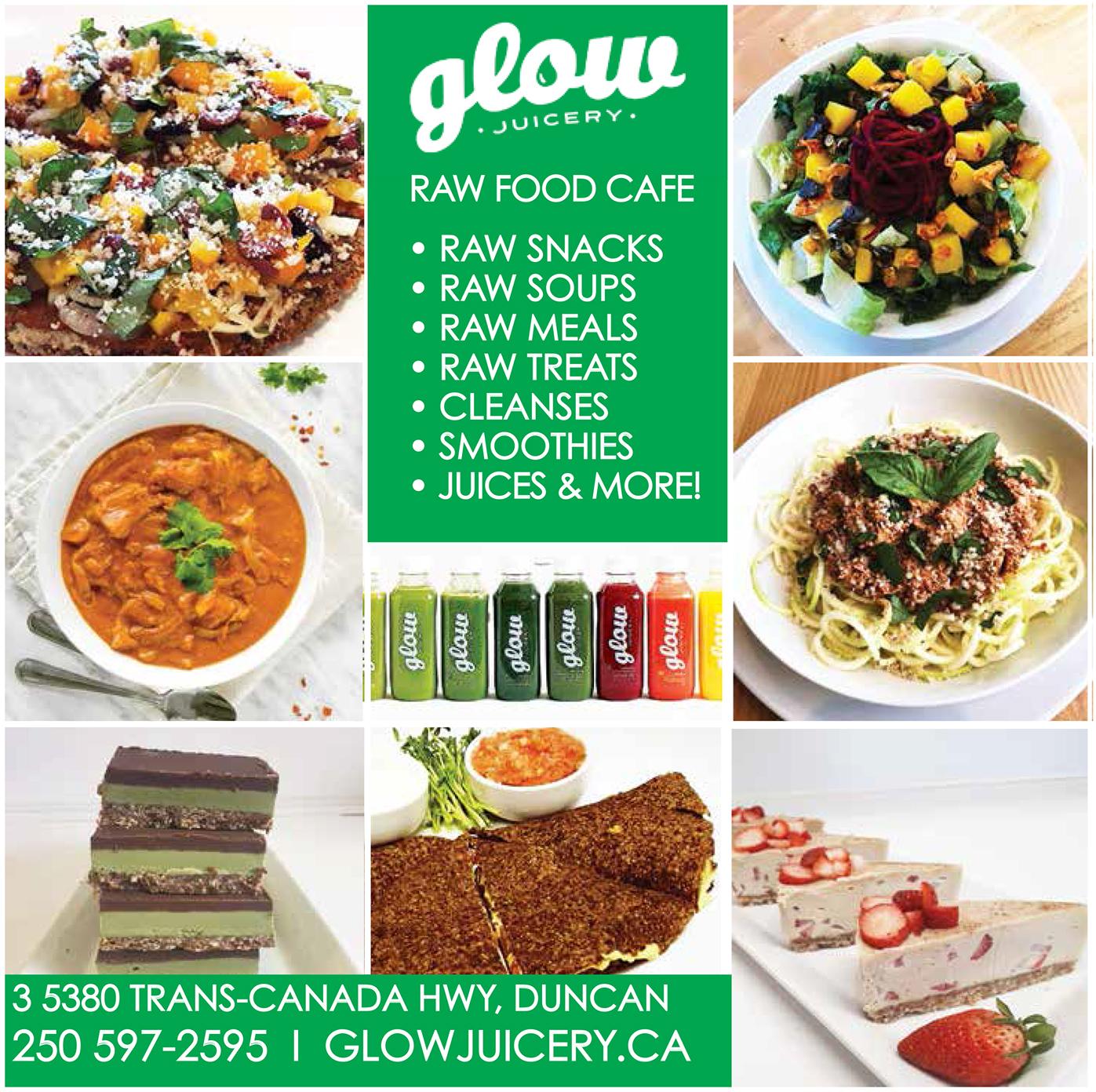
topics. For many years Dr. Sircus has been researching into the human condition and into the causes of disease; he has distilled many of the divergent medical systems into a new form of medicine that he has coined Natural Allopathic Medicine. HeartHealth (https://drsircus.com/ hearth-health-meditaions/) is now a free online comprehensive exploration and journey into the center of pure feeling.
MARCH 14-15, 2020 - TRADEX
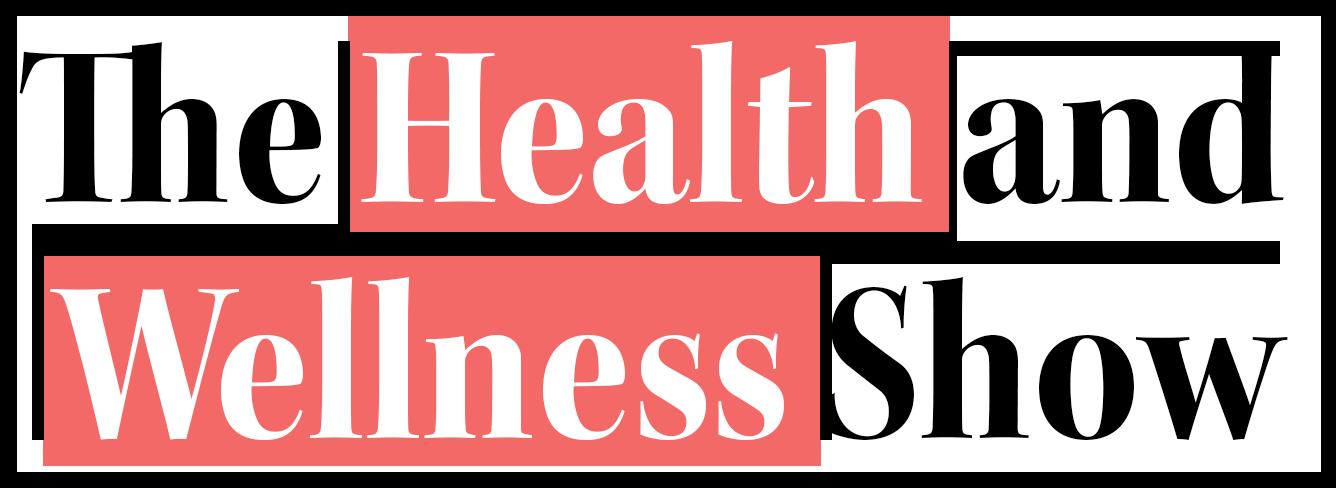
Buy Tickets Online and Save! www.thehealthandwellnessshow.ca
200+ Exhibitors Speakers & Demos Interactive Areas Bouncy Castle Prizes Welcome Bags
Vikram Vij Celebrity Chef Cooking Demo
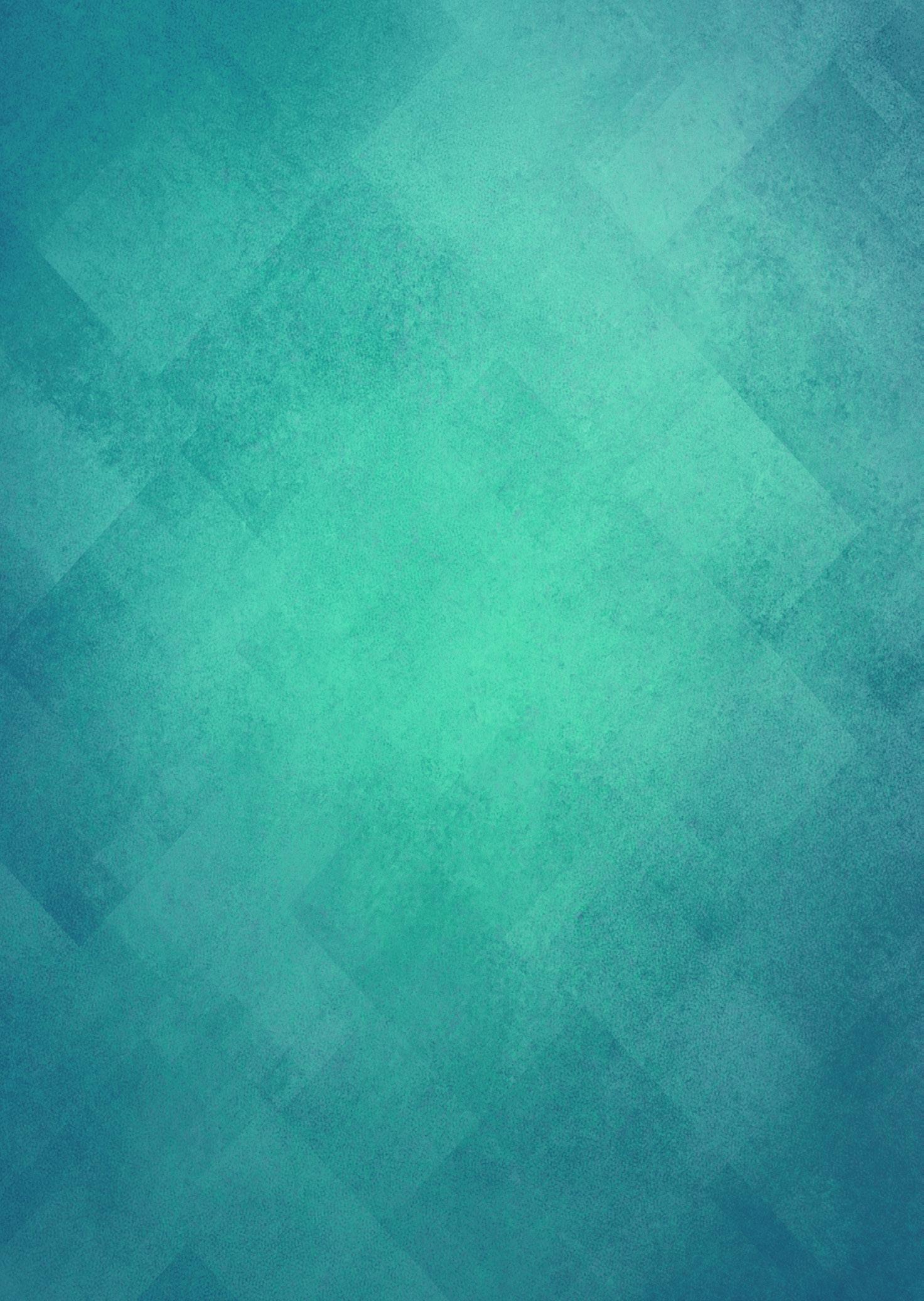
Tommy Europe SHRED Bootcamp and Keynote
Active Kids Fitness & Nutrition Healthy Homes Pet Wellness Pampering Wellness 55+

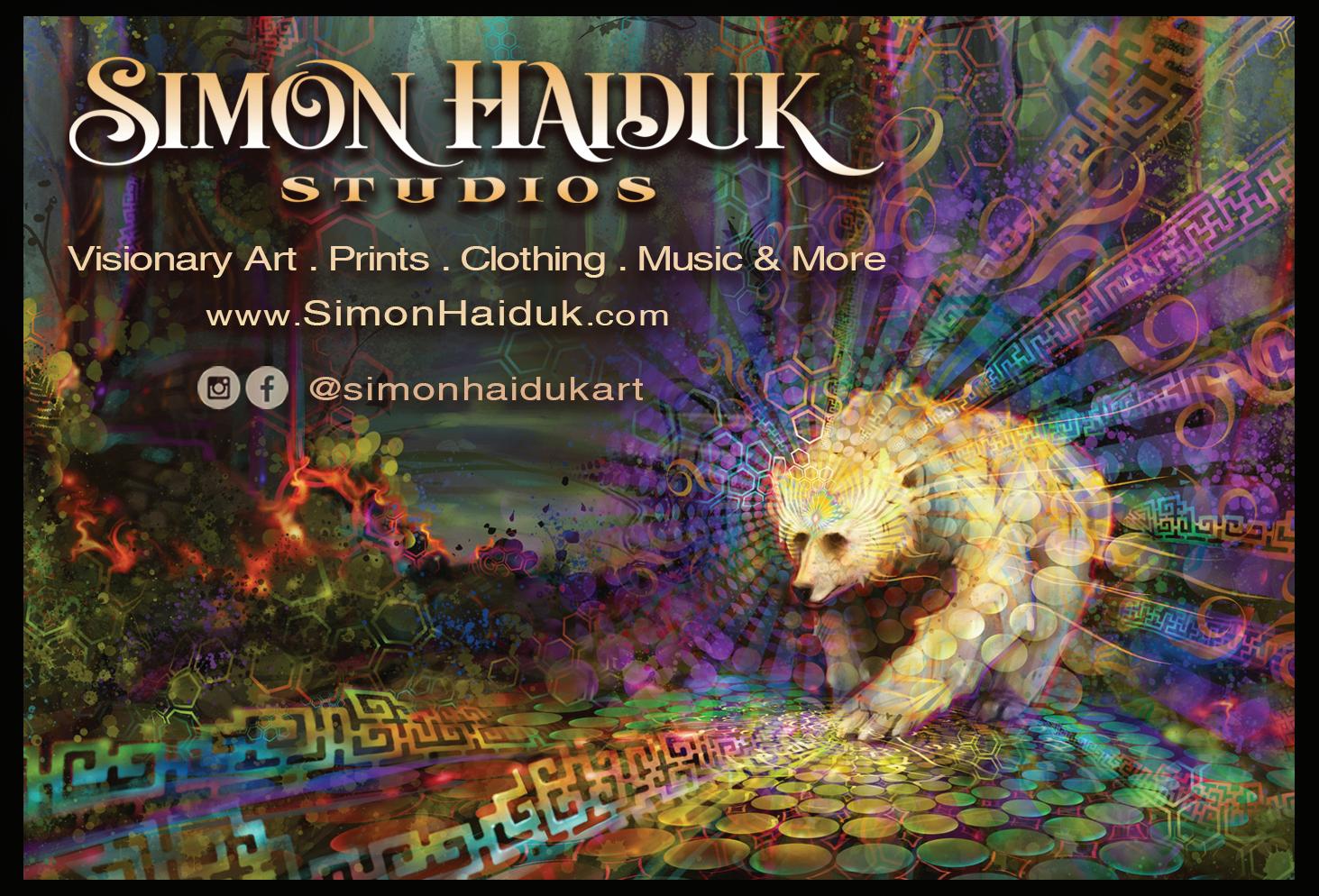
By Brandon Smith www.activistpost.com I GET THE QUESTIONoften, though one would think it’s obvious – Who are these “globalists” we refer to so much in the liberty movement? Sometimes the request comes from honest people who only want to learn more. Sometimes it comes from disinformation agents attempting to mire discussion on the issue with assertions that the globalists “don’t exist”. The answer to the question can be simple and complex at the same time. In order to understand who the globalists are, we first have to understand what they want.
We talk a lot about the “globalists” because, frankly, their agenda has become more open than ever in the past ten years. There was a time not long ago when the idea of the existence of “globalists” was widely considered “conspiracy theory”. There was a time when organizations like the Bilderberg Group did not officially exist and the mainstream media rarely ever reported on them. There was a time when the agenda for one world economy and a one world government was highly secretive and mentioned only in whispers in the mainstream. And, anyone who tried to expose this information to the public was called a “tinfoil hat wearing lunatic”.
Today, the mainstream media writes puff-pieces about the Bilderberg Group and even jokes about their secrecy. When members of Donald Trump’s cabinet, Mike Pompeo and Jared Kushner, attended Bilderberg in 2019, the mainstream media was wallpapered with the news.
When the World Government Summit meets each year in Dubai, attended by many of the same people that attend Bilderberg as well as shady mainstream icons and gatekeepers like Elon Musk and Neil deGrasse Tyson, they don’t hide their discussions or their goals, they post them on YouTube.
I remember when talking about the US dollar being dethroned and replaced with a new one world currency system and a cashless society controlled by the IMF was treated as bizarre theory. Now it’s openly called for by numerous leaders in the financial industry and in economic governance. The claim that these things are “conspiracy theory” no longer holds up anymore. In reality, the people who made such accusations a few years ago now look like idiots as the establishment floods the media with information and propaganda promoting everything the liberty movement has been warning about.
The argument on whether or not a globalist agenda “exists” is OVER. The liberty movement and the alternative media won that debate, and through our efforts we have even forced the establishment into admitting the existence of some of their plans for a completely centralized global system managed by them. Now, the argument has changed. The mainstream doesn’t really deny anymore that the globalists exist; they talk about whether or not the globalist agenda is a good thing or a bad thing. First, I would point out the sheer level of deception and disinformation used by the globalists over the past several decades. This deception is designed to maneuver the public towards accepting a one world economy and eventually one world governance. If you have to lie consistently to people about your ideology in order to get them to support it, then there must be something very wrong with your ideology.
Second, the establishment may be going Who Are The Globalists And What Do They Want? mearone.com

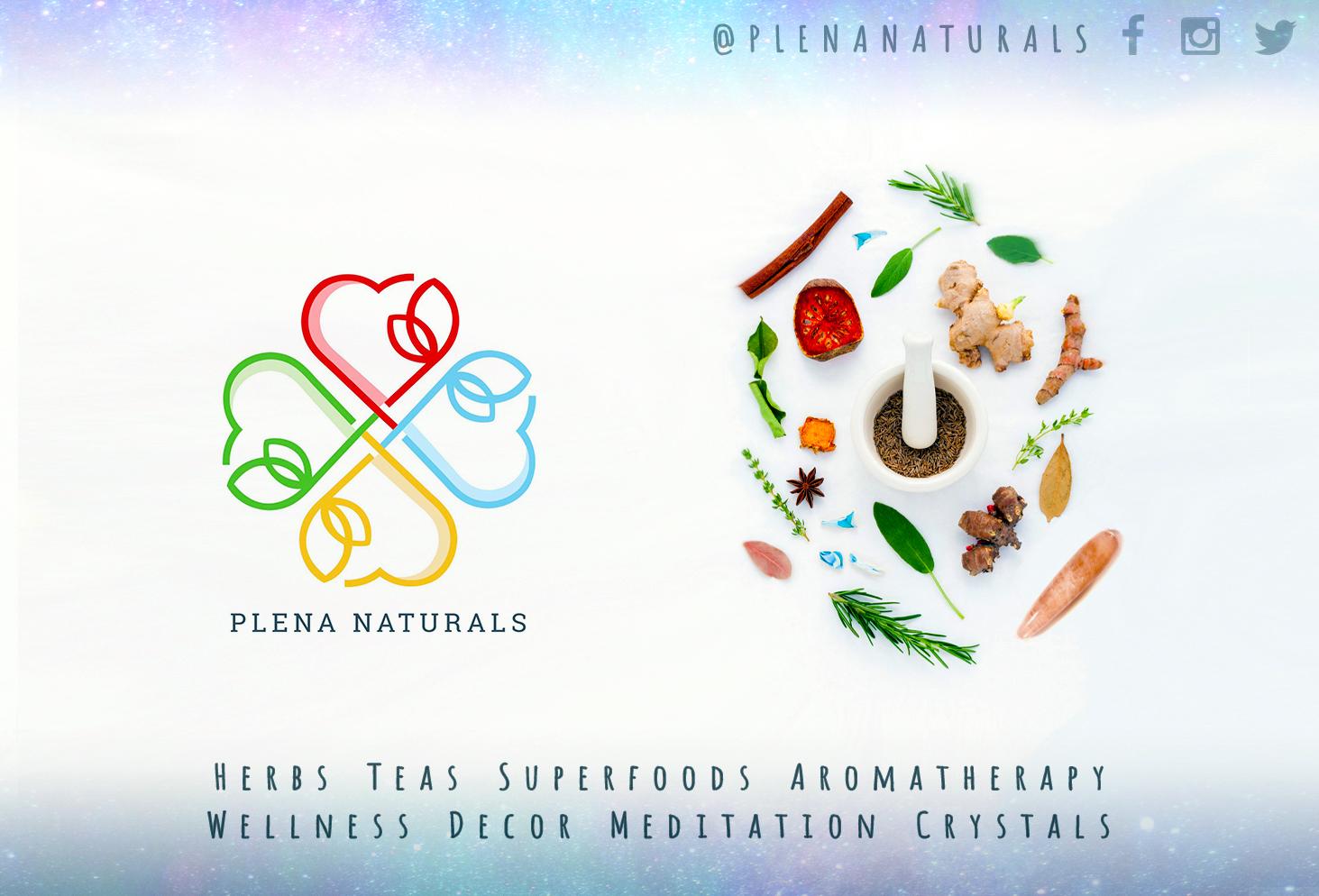
public with their plans for globalization, but they aren’t being honest about the consequences for the average person. And, there are many misconceptions out there, even in the liberty movement, about what exactly these people want. So, we need to construct a list of globalist desires vs globalist lies in order to define who we are dealing with. These are the beliefs and arguments of your run-of-the-mill globalist: Centralization
A globalist believes everything must be centralized, from finance to money to social access to production to government. They argue that centralization makes the system “more fair” for everyone, but in reality they desire a system in which they have total control over every aspect of life. Globalists, more than anything, want to dominate and micro-manage every detail of civilization and socially engineer humanity into the image they prefer. One World Currency System And Cashless Society
As an extension of centralization, globalists want a single currency system for the world. Not only this, but they want it digitized and easy to track. Meaning, a cashless society in which every act of trade by every person can be watched and scrutinized. If trade is no longer private, preparation for rebellion becomes rather difficult. When all resources can be managed and restricted to a high degree at the local level, rebellion would become unthinkable because the system becomes the parent and provider and the source of life. A one world currency and cashless system would be the bedrock of one world governance. You
Story continues on next page

TH E C - 45 ASSOCI ATI ON I S SETTI N G N EW STAN DARDS I N CAN ADI AN CAN N ABI S.

" Th e C - 45 Su mmi t i s th e most valu able g ath eri n g I h ave atten d ed i n th e can n abi s space. " - 2 01 9 DELEGATE

FROM TH E TEAM TH AT BROUGH T YOU TH E C - 45 QUALI TY SUM M I T, JOI N US FOR A N EW EXPERI EN CE GEARED TOWARDS TH E GROWERS OF CAN ADI AN CAN N ABI S.
FREDERI CTON , N B M AY 1 2 - 1 4, 2 02 0 KELOWN A, BC M ARCH 31 & APRI L 1 , 2 02 0
· · · WWW.C45SUMMIT.COM · · · · · · WWW.GROWINGSUMMIT.COM · · ·
U S E C O D E U S E C O D E
cannot have one without the other. One World Government
Globalists want to erase all national borders and sovereignty and create a single elite bureaucracy, a one world empire in which they are the “philosopher kings” as described in Plato’s Republic.
As Richard N. Gardner, former deputy assistant Secretary of State for International Organizations under Kennedy and Johnson, and a member of the Trilateral Commission, wrote in the April, 1974 issue of the Council on Foreign Relation’s (CFR) journal Foreign Affairs (pg. 558) in an article titled ‘The Hard Road To World Order’:
“In short, the ‘house of world order’ will have to be built from the bottom up rather than from the top down. It will look like a great ‘booming, buzzing confusion,’ to use William James’ famous description of reality, but an end run around national sovereignty, eroding it piece by piece, will accomplish much more than the oldfashioned frontal assault.”
This system would be highly inbred, though they may continue to give the masses the illusion of public participation and “democracy” for a time. Ultimately, the globalists desire a faceless and unaccountable round table government, a seat of power which acts as an institution with limited liability, much like a corporation, and run in the same sociopathic manner without legitimate public oversight. In the globalist world, there will be no redress of grievances. Sustainability as Religion Globalists often use the word “sustainability” in their white papers and agendas, from Agenda 21 to Agenda 2030. Environmentalism is the facade they employ to guilt the population into supporting global governance, among other things. As I noted in my recent article ‘Why Is The Elitist Establishment So Obsessed With Meat’, fake environmentalism and fraudulent global warming “science” is being exploited by globalists to demand control over everything from how much electricity you can use in your home, to how many children you can have, to how much our society is allowed to manufacture or produce, to what you are allowed to eat.
The so-called carbon pollution threat, perhaps the biggest scam in history, is a key component of the globalist agenda. As the globalist organization The Club of Rome, a sub-institution attached to the United Nations, stated in their book The First Global Revolution: “In searching for a common enemy against whom we can unite, we came up with the idea that pollution, the threat of global warming, water shortages, famine and the like, would fit the bill. In their totality and their interactions these phenomena do constitute a common threat which must be confronted by everyone together. But in designating these dangers as the enemy, we fall into the trap, which we have already warned readers about, namely mistaking symptoms for causes. All these dangers are caused by human intervention in natural processes. and it is only through changed attitudes and behaviour that they can be overcome. The real enemy then is humanity itself.”

In other words, by presenting human beings as a species as the great danger, the globalists hope to convince humanity to sublimate itself before the mother earth goddess and beg to be kept in line. And, as the self-designated “guardians” of the Earth, the elites become the high priests of the new religion of sustainability. They and they alone would determine who is a loyal servant and who is a heretic. Carbon pollution becomes the new “original sin”; everyone is a sinner against the Earth, for everyone breaths and uses resources, and we must all do our part to appease the Earth by sacrificing as much as possible, even ourselves.
The elites don’t believe in this farce, they created it. The sustainability cult is merely a weapon to be used to dominate mass psychology and make the populace more malleable. Population Control
Globalists come from an ideological background which worships eugenics – the belief that genetics must be controlled and regulated, and those people they deem to be undesirables must be sterilized or exterminated.
The modern eugenics movement was launched by the Rockefeller Foundation in the early 1900s in America, and was treated as a legitimate scientific endeavor for decades. Eugenics was taught in schools and even celebrated at the World’s Fair. States like California that adopted eugenics legislation forcefully sterilized tens of thousands of people and denied thousands of marriage certificates based on genetics. The system was transferred to Germany in the 1930s were it gained world renown for its inherent brutality.
This ideology holds that 4% or less of the population is genetically worthy of leadership, and the elites conveniently assert that they represent part of that genetic purity. After WWII the public developed a distaste for the idea of eugenics and population control, but under the guise of environmentalism the agenda is making a comeback, as population reduction in the name of “saving the Earth” is in the mainstream media once again. The question then arises – Who gets to decide who lives and who dies? Who gets to decide who is never born? And, how will they come to their decisions? No doubt a modern form of eugenics will be presented as the “science” used to “fairly” determine the content of the population if the elites get their way. Narcissistic Sociopathy
It is interesting that the globalists used 4% to present the leadership argument in their eugenics publications, because 4% of the population is also consistent with the number of people who have inherent sociopathy or narcissistic sociopathy, either in latent or full-blown form, with 1% of people identified as full-blown psychopaths and the rest as latent. Coincidence? The behavior of the globalists is consistent with the common diagnosis of full-blown narcopaths, a condition which is believed to be inborn and incurable. Narcopaths (psychopaths) are devoid of empathy and are often self-obsessed. They suffer from delusions of grandeur and see themselves as “gods” among men. They believe other lowly people are tools to be used for their pleasure or to further their ascendance to godhood. They lie incessantly as a survival mechanism and are good at determining what people want to hear. Narcopaths feel no compassion towards those they harm or murder, yet crave attention and adoration from the same people they see as inferior. More than anything, they seek the power to micro-manage the lives of everyone around them and to feed off those people like a parasite feeds off a host victim. Luciferianism
It is often argued by skeptics that psychopaths cannot organize cohesively, because such organizations would self-destruct. These people simply don’t know what they’re talking about. Psychopaths throughout history organize ALL THE TIME, from tyrannical governments to organized crime and religious cults. The globalists have their own binding ideologies and methods for organization. One method is to ensure benefits to those who serve the group (as well as punishments for those who stray). Predators often work together as long as there is ample prey. Another method is the use of religious or ideological superiority; making adherents feel like they are part of an exclusive and chosen few destined for greatness.
This is a highly complicated issue which requires its own essay to examine in full. I believe I did this effectively in my article ‘Luciferians: A Secular Look At A Destructive Globalist Belief System’. Needless to say, this agenda is NOT one that globalists are willing to admit to openly very often, but I have outlined extensive evidence that luciferianism is indeed the underlying globalist cult religion. It is essentially an ideology which promotes moral relativism, the worship of the self and the attainment of godhood by any means necessary – which fits perfectly with globalism and globalist behavior.
It is also the only ideological institution adopted by the UN, through the UN’s relationship with Lucis Trust, also originally called Lucifer Publishing Company. Lucis Trust still has a private library within the UN building today.
So, now that we know the various agendas and identifiers of globalists, we can now ask “Who are the globalists?” The answer is – ANYONE who promotes the above agendas, related arguments, or any corporate or political leader who works directly with them. This includes presidents who claim to be anti-globalist while also filling their cabinets with people from globalist organizations.
To make a list of names is simple; merely study the membership rosters of globalists organizations like the Bilderberg Group, the Council on Foreign Relations, the Trilateral Commission, Tavistock Institute, the IMF, the BIS, World Bank, the UN, etc. You will find a broad range of people from every nation and every ethnicity ALL sharing one goal – A world in which the future for every other person is dictated by them for all time; a world in which freedom is a memory and individual choice is a commodity only they have the right to enjoy. You can contact Brandon Smith at: brandon@alt-market.com
For links, references and much more please got to:
https://www.activistpost.com/2019/12/ who-are-the-globalists-and-what-do-theywant.html
Finding Consciousness and Health Through Flora
Serving The North Okanagan
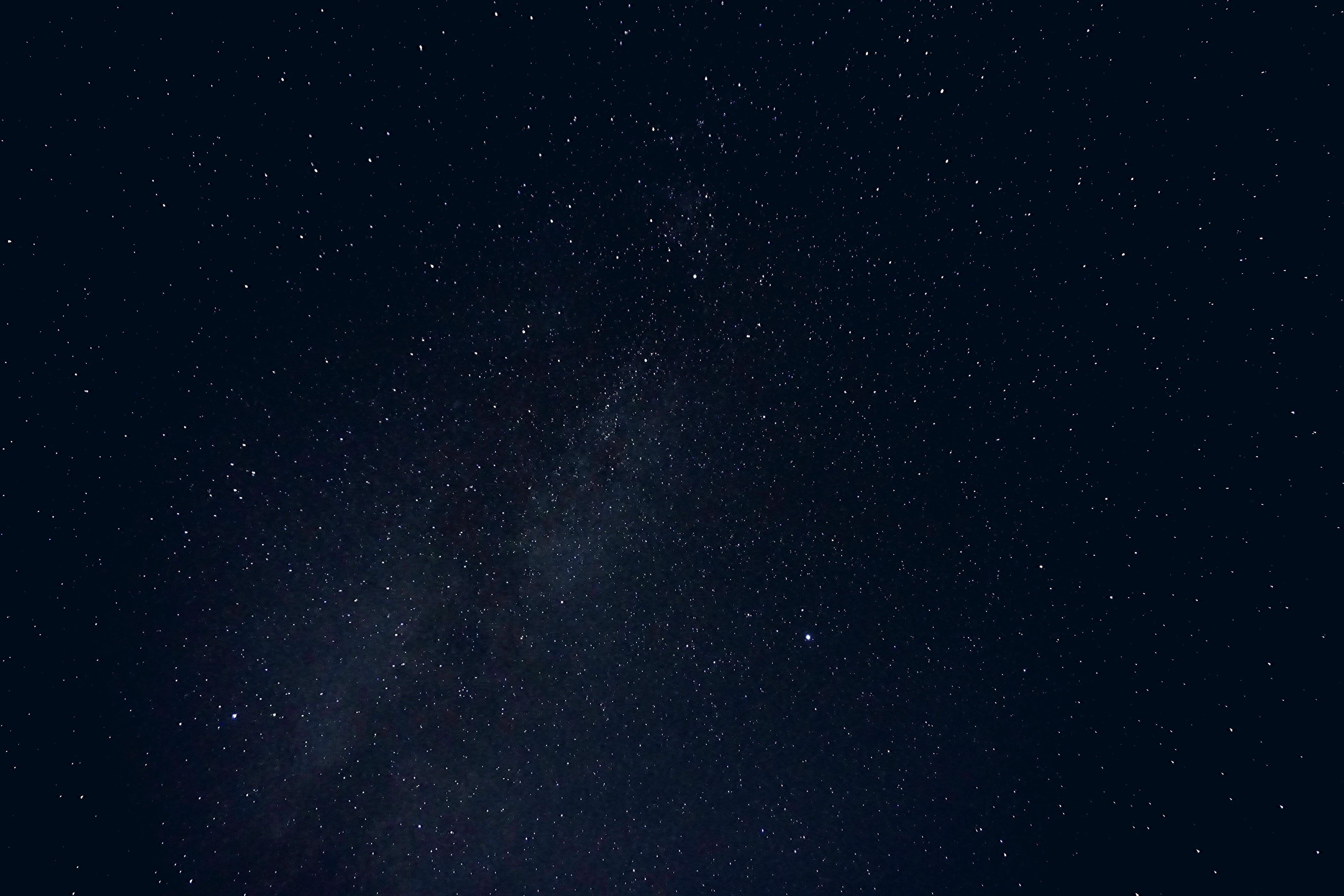
Call:
250-309-5773

Heirloom Seeds, Garden Services, Consultations and More!

www.zeviarvega.com
reality is telling us directly about itself, as if it is a bridge leading us to an unknown shore. To quote Neumann, “When unconscious forces break through in the artist, when the archetypes striving to be born into the light of the world take form in him, he is as far from the men around him as he is close to their destiny. For he expresses and gives form to the future of his epoch.”[iv] The creative artist is giving utterance to the authentic and direct revelation of the numinosum, which raises their function to the level of the sacred (please see my article “The Artist as Healer of the World”). Artists are oriented towards the invisible, towards what is beginning to become visible and reveal itself, towards the indescribable mystery alive at the heart of who we are. The images, sounds and movements that the artist perceives are possibilities of new ideas, different ways of seeing and interpreting life which might be able to give a fresh flow to the psychic energy stream of humanity, as if they are clearing the way not only for new tributaries of thought, perception and experience, but are helping to create a novel universe itself. Jung writes, “It is the great dream which has always spoken through the artist as a mouthpiece.”[v] Art is where the relationship of the creative individual to the numinosum takes form. The work of art is the zero point at which consciousness and the unconscious momentarily become a creative unity. The creative process synthesizes the transpersonal and the personal, the eternal and the transitory, allowing something utterly unique to happen: the eternally creative is actualized into an ephemeral creation. The creative impulse liberates itself through the medium of art. The artist’s job is to render into visible form the creative, formative and formless quality that is the living background behind the foreground of the seemingly objective world. The act of creating draws artists out of themselves while simultaneously helping them to come to themselves, as if in creating the work of art artists recreate themselves anew. Reversing our normal way of thinking, Shakespeare is created by Hamlet, Beethoven is composed by his symphonies, Rembrandt became who he was through his self-portraits and it is the egg that lays the hen that gives birth to it.[vi]
The road which brings liberation is a road which leads downwards towards a deepening relationship and ultimate union with the depths of the unconscious, with the instinctual world of nature and the ancestors, whose messenger is the shadow. It is only when we are “taken down,” compelled by sickness, misfortune or limitation to investigate and come to terms with our own nature, that we may experience the somber power of the shadow as a messenger from the creative potential living within our own psyche. Lucifer, the bringer of light, chooses the shadow through which to reveal himself. The shadow is an essential component of our creative vitality. It is the paradoxical secret of alchemical transformation that it is through the shadow that the saturnine lead is transformed into gold.
Humanity does not possess creative powers, but rather, is possessed by them. Every transformative or creative process comprises stages of possession, of surrendering to, being taken over and moved by something greater than our own ego. Transcendent to and greater than the momentary act of creation, these primordial creative forces existed before and after the act of creation, existing within the plenum of unmanifest potential itself. One of the many names for this power that can possess us and make us its instrument is the “daemon” (please see my article “The Battle for our Angel”), which can be envisioned as an indwelling force which can’t be nailed down because its nature is to be homeless and nomadic, taking up residence in those who are receptive to its inspiration. The artist stands alone, delivered over to the creative impulse of the daemon, as if to create is the very act that opens up the channel to themselves. Being from elsewhere, the daemon has a drop of alien blood, which is what makes creative artists practically an alien species, as they see, hear and feel things that are invisible to most people. Every possession is either a one-sided narrowing or an intensification and deepening; when we are taken over by something we either become one-sidedly fixed in our viewpoint and cut off from the wholeness and totality of ourselves, or we are able to add depth to our experience of who we are. One-sidedness can easily calcify into rigidity, assuming a fundamentalist position regarding
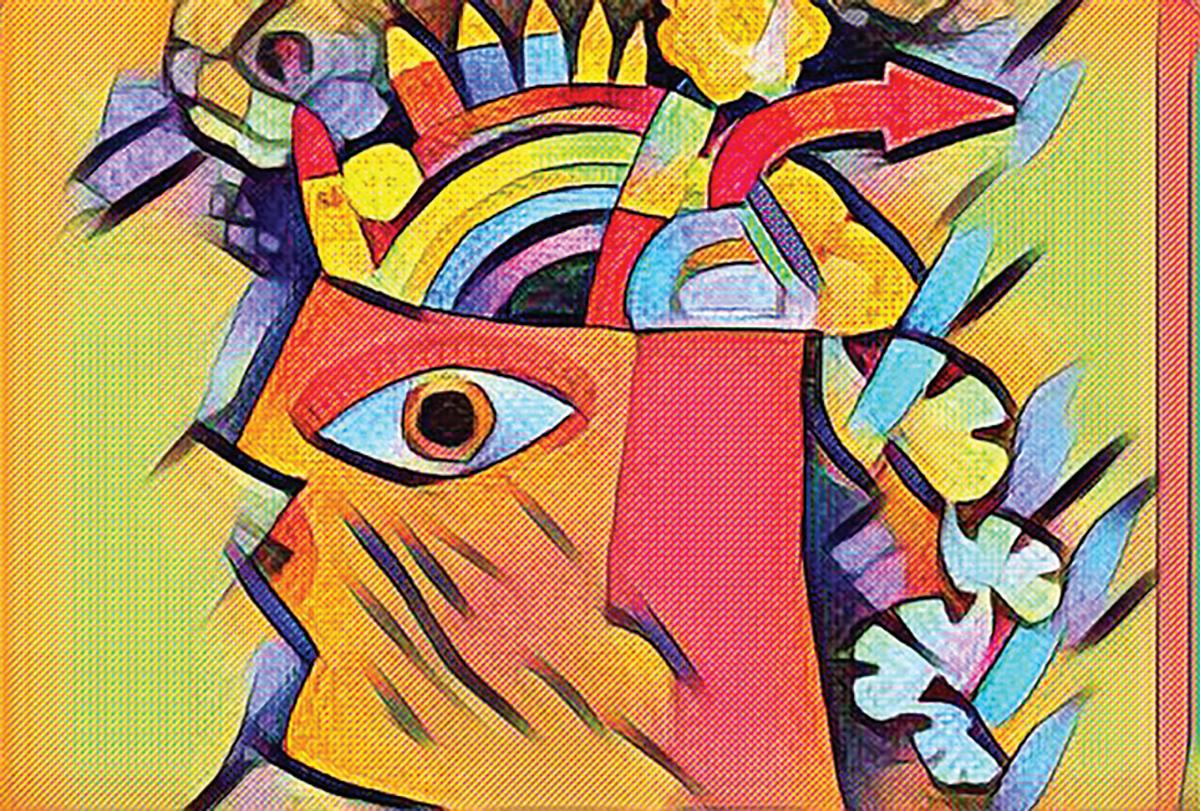
the way things are, which is nothing other than a sclerosis of consciousness. To have eyes and not see, to have ears and not hear are unmistakable symptoms of an occlusion to the call of the creative spirit.
The creative process involves a concentration and deepening of experience such that we are open to ourselves in a new way that empowers us to translate our ever-expanding discovery of ourselves into new forms of language. An artist’s regenerative power lies in their willingness to not cling to themselves or their fixed point of view, but to allow themselves to be shaped and formed by new experiences of the world, and then, in turn, to shape and form these experiences which have reshaped them into unique creative expressions. An artist cultivates a readiness to creatively respond to the continually reciprocal interactions between world and psyche, between the outer and inner realities. Art enlarges the universe by uncovering its new dimensions, while simultaneously enriching and expanding the consciousness of humanity, who will be enabled to experience these new dimensions inwardly via the artist’s evocative productions, their art-ifacts. To quote philosopher Martin Heidegger,[vii] The creativity of the psyche – which itself is an agency in a state of continual creative formation - is true magic, as it transforms reality as well as the psyche itself. As psychologist Otto Rank points out, the neurotic is an artist who, failing to access the creativity hidden within the daemonic energies from which they suffer, are unable to transmute their inner conflicts into art. One of the most toxic things in the human psyche is repressed creativity; unexpressed art becomes our symptoms.
The daemonic, which contains encoded within it the deepest evil as well as the highest, divine creativity, is the daily companion, as well as the inspiration of every creative artist. It is through coming to terms with the daemon that art is made. It is an ecstatic experience to allow what is highest and lowest in ourselves to take form and shape together. To quote Neumann, “Creative genius is never possible without the proximity of the devil.”[viii] In immersing themselves in archetypal forces greater than their own egos, artists allow themselves to become captivated by a power which threatens to destroy them if not brought forth and expressed creatively. An artist synthesizes their higher transcendental inclinations with the dark undertow of the powers of underworld, as if their higher angel needs a grounding connection with its brooding double to complete itself.
In their own individual suffering of the daemonic realm which pervades the collective unconscious, the creative artist intimately experiences the profound depths of the woundedness of the collectivity and the time in which they live. Artists are able to find within their own subjective experience a unique and creative response to this wound. Artists take the burden of the collective creative responsibility onto themselves so that others might see through the transparency of their art what is lacking in their own lives. Reflecting the malaise of the culture, modern art depicts the sickness of the times. Artists, like the archetypal figure of the shaman, carry deep within themselves a regenerative force, accessed through their own woundedness, that is capable of bringing forth a cure not only for themselves, but also for the community as a whole. Our species is desperately in need of the guidance and aid of the forces latent within the depths of the unconscious to help us find new ways out of our multiple world crises. Consciousness can evolve and develop only where it preserves and cultivates a living bond with the creative powers of the unconscious. A creative artist is someone with very permeable boundaries between the conscious and the unconscious such that the contents of these two realms can easily pass back and forth to mutually inform and reciprocally influence each other. In suffering from the spiritual poverty and schizoid dissociation of their own culture, the creative artist can potentially arrive at the freshly opening source within the living waters of the unconscious that is destined to quench the thirst of their time. Only the source point, in which the stream emerges from the darkness and enters the light, and is thus both at once, darkness and light, is the creative spirit made real in time. Those who find their uniquely creative voice, to quote Jung, “create from the very depths of the collective unconscious, voicing aloud what others only dream.”[ix] The daemon which possesses the artist is not derived simply from their personal reality; it is also, at the same time, the individual expression of a collective existential situation. Creative artists are the alchemical retorts in which the poisons and antidotes of the collective are distilled, as if they are psychic organs for metabolizing and transforming the toxins of the collective psyche into medicine. Being open to the otherworld of the unconscious can subjectively feel like having an enormous wound. Their particularized wounds are the doorways through which flows the revitalizing stream of the unconscious with its infinite creativity. Over time this wound can reveal itself to be a sacred affliction, as our wounds are mysteriously bound up with our gifts. Compared to the “normal” person who tends to be more repressed, adjusted to and anesthetized towards the insanity that is playing out in the world, artists suffer from a heightened sensitivity to the inner psychic tension between the conscious and the unconscious. Art can only be birthed when its creators are able to hold the creative tension between a stable consciousness and a “charged” unconscious, thereby creating a container for the work of art to find its unique form so as to fully incarnate. Bearing this creative tension can be a source of vital energy which nourishes the gestating work of art to grow within the artist’s psyche. This creative tension needs to be endured, involving a genuine suffering of the ego which can potentially lead to a greater creative birth. As Nietzsche writes in Thus Spoke Zarathustra, “Creation─that is the great redemption from suffering.” It is redemptive to find adequate language for our suffering; a language called art. Art is the medium through which artists release themselves from the suffering of the unexpressed. When we have our own words to sing, our voice appears. Artists liberate

themselves from suffering by connecting with and giving novel shape and form to something that belongs to the essential nature of reality. To quote Neumann, “Consequently, the individual history of every creative man is always close to the abyss of sickness; he does not, like other men, tend to heal the personal wounds involved in all development by an increased adaptation to the collectivity. His wounds remain open, but his suffering from them is situated in depths from which another curative power arises, and this curative power is the creative process.”[x] The artist is akin to the archetypal figure of the “wounded healer,” who has to suffer through the very sickness that they are able to cure (please see my article “The Wounded Healer”). This figure experiences their wound, however horrible, as being of divine origins. The wound is experienced as the opening to a higherdimensional spring of inexhaustible riches, the
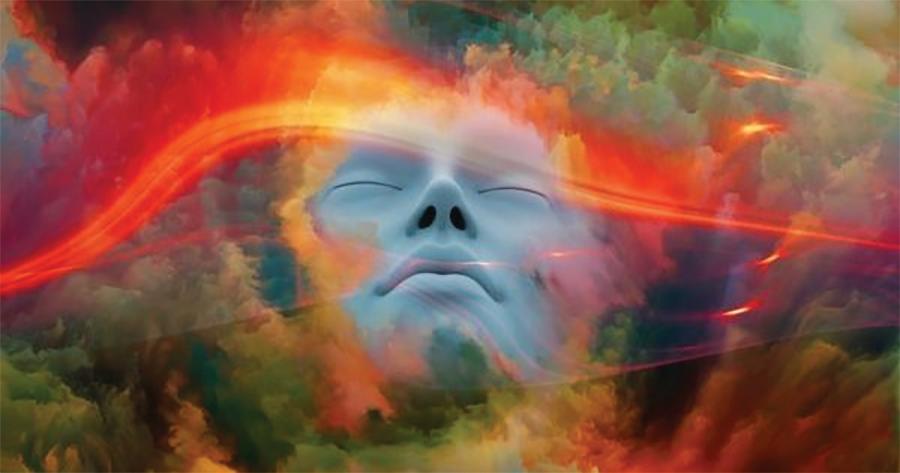
gateway which opens them up to the psychic background which in-forms and gives shape to the universe. The living exemplar of the archetype of the healer who carries a wound is the cross-carrying Christ himself.
Artist Vincent Van Gogh regarded Christ as an extraordinary artist who didn’t make paintings, but rather, worked in living flesh to turn human beings into immortal souls. Similarly, visionary artist William Blake wrote that, “Jesus and his Apostles and Disciples were all Artists - A Poet, a Painter, a Musician, an Architect: The Man or Woman who is not one of these is not a Christian.”[xi] If we are not, in some fashion, an artist in and of life – offering ourselves as a channel of creative expression for the spirit that in-forms, moves us and sustains our life – we are not, as Blake points out, a genuine follower of Christ. As artists, we are continually re-creating both our world and ourselves anew at each and every

instant. Anyone who is not an artist ─ which is to say, not following their deeper calling and creatively speaking their inner voice ─ is, ultimately speaking, a traitor to their own true nature. Making art is a spiritual discipline that requires incredible devotion. As author D. H. Lawrence writes, “One has to be so terribly religious to be an artist.”[xii]
The artist casts a liberating fragrance, spelling out what is hanging in the air. When a group of people abdicate their individual responsibility to be creative, a great artist like Vincent Van Gogh becomes inevitable as a compensation for this one-sidedness. Art is the compensatory dream of the collective culture, a means by which the collective unconscious informs collective society. Art should not be viewed as an isolated phenomenon separate from the field of consciousness in which it arises; rather, artists and their work emerge from a synergy of interweaving socio-cultural factors.

Page 13 Artists are dreamed up by the spirit of time and place. Jung comments, “The great work of art is a product of the time, of the whole world in which the artist is living, and of the millions of people who surround him, and of the thousands of currents of thought and the myriad streams of activity which flow around him.”[xiii] Art speaks for the unconscious as the plant speaks of nature and the earth. Artists are the nutrient rich soil, the breeding ground for the work of art; they are the petri dish for the “culture” of art to flourish. Jung writes, “A great work of art is like a dream…It presents an image in much the same way as nature allows a plant to grow.”[xiv] We can conceive of the creative instinct as a living impulse implanted in the human psyche, growing in us like a plant which draws its nourishment from the earth. The unborn work in the psyche of the artist is a force of nature, a living being that arises from unconscious depths and grows out of the womb of the artist as a child emerges from its mother. Once born, the artist’s work takes on an autonomous, independent life of its own, outgrowing and outliving its creator as a child does its mother.
Even when the highest form of artistic reality has achieved existence in a fully completed work, it must be creatively reborn in the subjective human experience of those who engage with it. A mysterious inter-change, a reciprocal transmission passes back and forth between the work of art and those who experience it. The epiphany of the numinosum, the ecstasy of those who give it form through the creation of the work of art, and the rapture of those who participate, experience and celebrate the epiphany, constitute an indivisible unity. A work of art, like a living creature, undergoes the changes that daily life imposes upon us, only living through those who experience it. Art works its magic through its living effect upon us, becoming alive and creative again and again in our own experience.
To quote poet Allen Ginsberg, “The warfare’s psychic now. Whoever controls the language, the images, controls the race.”[xv] Reversing one of the most fundamental assumptions of modern civilization by giving pre-eminence to art, Blake writes, “Empire follows Art and not Vise Versa as Englishmen Suppose.”[xvi] In the same way that instruments of war in the hands of generals are extremely dangerous, nothing is more dangerous and potentially world-transforming than implements of creative expression in the hands of artists, who are the moulders of the unconscious psychic life of humanity, the mythmakers for their age. Rather than passively letting our perceptions be managed and manipulated by the powers-that-be’s propaganda organs (such as the mainstream media), we as sovereign creative beings, can connect with our own perceptions and create our own unique and authentic experience of the world. We change ourselves, and the world, in the process.
The same divine creativity which has filled the numberless heavens and spheres of the universe around us is now welling up and emerging within the human psyche and is seeking to creatively express and extend itself outwards into our world. Our many world crises will be soluble only creatively – that is, by a profound and thorough alteration of our inner life and thereby of the outer forms in which life finds expression. When human beings are deprived of their power of expression, however, they will express themselves in the drive for power, which only feeds the will-to-power of the demonic and destructive shadow, with the baneful consequences we know only too well. One of the gravest perils of western civilization arises from the fact that it cuts its members off from their natural creativity. To quote Blake, “Art Degraded Imagination Denied War Governed the Nations.”[xvii] When I reflect upon my life, it is clear that I, like so many of us, was being “called” by a deeper part of myself to step out of a traditional, mainstream vocation into my life as a creative person. If I hadn’t been fortunate enough to connect with the creative spirit, choosing the artist’s sacred way and breathing its life-giving oxygen, I have no doubt that I’d be depressed, neurotic, crazy and/or dead. The conflict between my father and I was not only between two individuals, but between two world views. In one genuinely inquisitive moment which revealed his lack of understanding, my father asked me why people still make paintings after the invention of the camera. He mistakenly thought that the purpose of art was to describe reality instead of to create it, to capture our world instead of to liberate it. Paul Levy, a pioneer in the field of spiritual emergence, is a wounded healer in private practice, assisting others who are also awakening to the dreamlike nature of reality. He is the author of Dispelling Wetiko: Breaking the Curse of Evil (North Atlantic Books, 2013) and The Madness of George W. Bush: A Reflection of Our Collective Psychosis. An artist, he is deeply steeped in the work of C. G. Jung, and has been a Tibetan Buddhist practitioner for over thirty years. Please visit Paul’s website www. awakeninthedream.com. You can contact Paul at paul@awakeninthedream.com; he looks
Sekoya Dawn

forward to your reflections. © Copyright 2013. [i] One day, when the time is right, I plan on writing about these experiences in more detail.
[ii] Jung, Letters, vol. 1, p. 108. [iii] Neumann, Art and the Creative Unconscious, p. 129. [iv] Ibid., p. 94. [v] Jung, Letters, vol. 2, p. 591. [vi] Note the similarity to something I had written about light in a recent article
– “The inner light is sentient, intrinsically endowed with a primordial cognizant awareness enabling it to experience its own radiant, luminescent nature. It is as if the primordial, uncreated light, a light which empowers our ability to see and creates the very act of seeing itself, creates an eye in order to be seen; the eye, being solar (i.e., light-based) in nature, owes its existence to light. The creative and immaterial aspect of light has called forth and precipitated out of itself, in fully materialized form, an organ like unto itself so as to reveal itself, be seen and known.” In a similar vein, the formless work of art dreams up an artist so as to realize itself in form.
[vii] From Heidegger, The Origin of the Work of Art.
[viii] Neumann, Art and the Creative Unconscious, p. 191.
[ix] Jung, Psychological Types, CW 6, par. 323.
[x] Neumann, Art and the Creative Unconscious, p. 186.
[xi] Blake, The Poems of William Blake, ed. D. H. Stevenson, Plate 5, From an engraving of the Laocoon.
[xii] Letter 550, in The Letters of D. H. Lawrence, Vol. 5, ed. James T. Boulton and Lindeth Vasey (Cambridge, UK: Cambridge University Press, 1989).
[xiii] Jung, C. G. Jung Speaking: Interviews and Encounters, p. 128
[xiv] Jung, The Spirit in Man, Art and Literature, CW 15, par. 161.
[xv] Quoted in Buckminster Fuller, I Seem To Be A Verb (New York, 1970), pp. 164-65a.
[xvi] Blake, “Annotations to Sir Joshua Reynold’s Discourses,” in Complete Writings, p. 445.
[xvii] Blake, Laocoon.

By GARY Z MCGEE themindunleashed.com L IFE IS TOO SHORT not to feel your deepest darkest wildness howling inside you. I implore you: don’t just become another domesticated dog.
“Your goodness must have some edge to it—else it is none.” ~Ralph Waldo Emerson
1) Put less energy into fixing breaks and more energy into breaking fixes.
“There is no riskier risk than refusing to risk at all.” ~Jen Sincero This one’s tricky. I’m not saying don’t heal. I’m not saying don’t lick your wounds. I’m saying make it priority two or three, not one. Otherwise, you’ll end up losing yourself in a tiny comfort zone.
The only way your comfort zone gets bigger is by taking risks. Breaking your fixes is calculated risk taking. Whether your fix is an addiction, an outdated belief, a cultural conditioning, or a political/religious indoctrination, when you focus more on breaking fixes, you are being proactive about getting the horse of your life in front of the cart of your unreasonable (and often unfounded) expectations.
Look at it like a cycle of health and selfimprovement. Break your fix, let the risky adventure break you (hero’s journey), fix your breaks, then get back to breaking your fixes. In order to achieve wise and holistic interdependence (cosmic heroism) you’ll need courageous and risky independence (personal heroism) to break yourself away from the comfortable but stagnant codependence (fear).
2) Embarrass yourself as quickly as possible
“Passion is the result of action, not the cause of it.” ~Mark Manson
Before you can get better at something you have to suck at it first. Forget about talent. Forget about luck. Talent and luck pale in comparison to perseverance. Sure, they might help you get better faster, but they are out of your hands. So it’s better not to even waste your energy on them in the first place. Focus on what you can control, and that’s self-improvement.
Self-improvement takes practice. And practice means action. It might even mean looking like a fool. So be it. Embarrass yourself. Make mistakes as soon as you can. Free yourself to write, paint, produce, sculpt or play the worst thing ever created. Don’t fear failure. Embrace it. Own it. Learn from it. Then recreate from the vital knowledge gleaned from your plethora of mistakes. If you avoid failure, embarrassment and fear, then you will never create anything meaningful. So go all in. Fail fast. Embarrass yourself as quickly as possible. Make glorious mistakes. Samuel Beckett said it best: “Ever tried. Ever failed. No matter. Try Again. Fail again. Fail better.”
3) Use philosophy as a chisel for the hardened beliefs within you
“Philosophical thinking that doesn’t do violence to one’s settled mind is no philosophical thinking at all.” ~Rebecca Goldstein
Philosophy helps you discover that everything is connected despite what you’ve been taught.
Questioning what you think you know
8 P i e c e s o f ‘ B a d ’ L i f e A d v i c e T h a t A r e A c t u a l l y G o o d

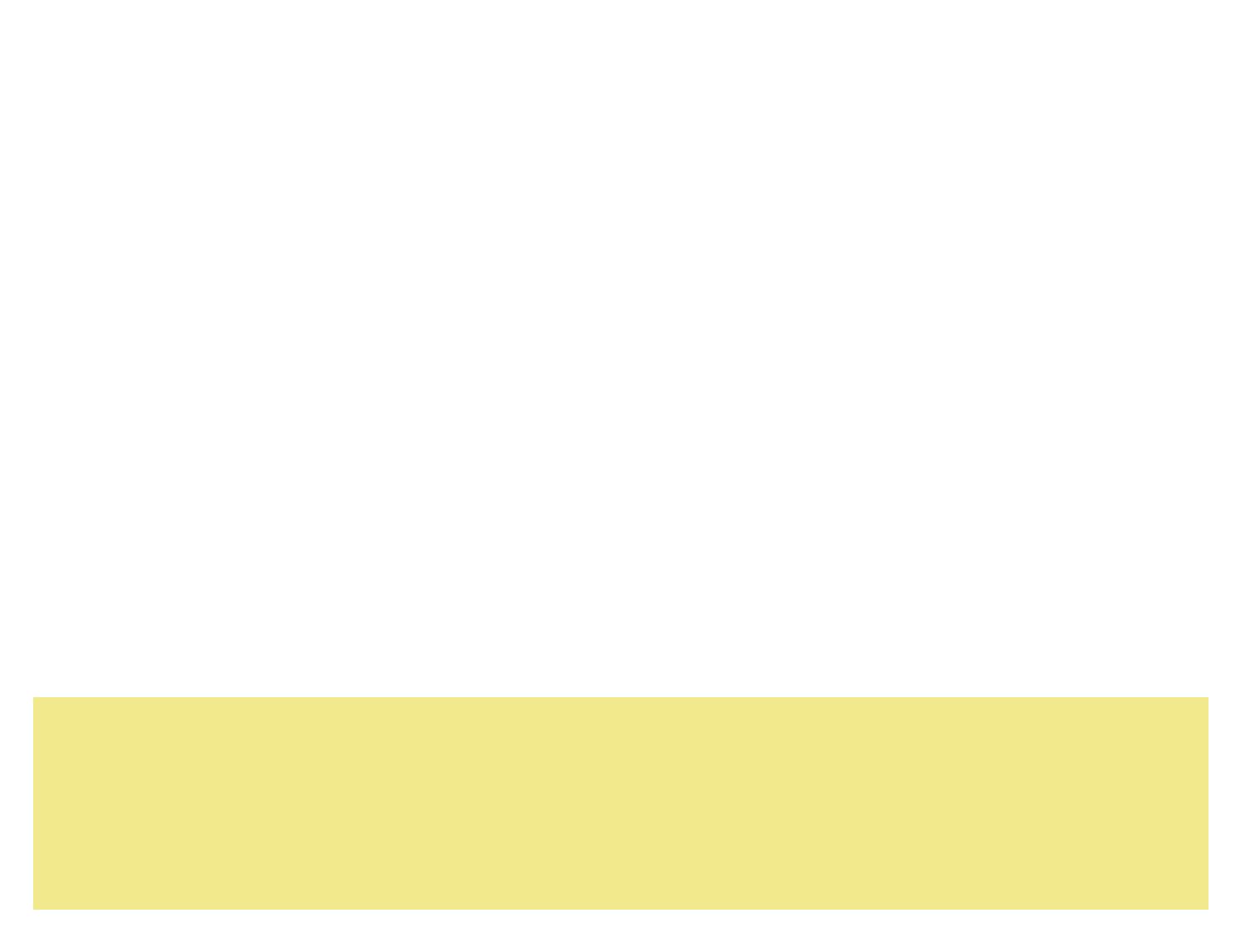

diminishes the broadcast of the codependent ego so that you can tune into the broadcast of the interdependent whole.
If wisdom is what you’re seeking, then the interdependent whole is a good place to start. If your goal is to get out of the rat race, to transcend the stagnant status quo and to overcome the default setting, then questioning what you’ve been taught is a good first step. Rather than importing wholesale whatever framework for life the codependent status quo programmed and conditioned you to accept, use philosophy (the art of questioning all things) to discover how everything is connected to everything else. Using philosophy as a chisel is selfactualizing. It deconstructs meaning. It interrogates worldviews. It is proactively selfimproving.
It teaches you how to be relentless in your questioning, how to be ruthless in your circumspection, and how to self-overcome so as not to be overwhelmed by the tribe. More importantly, it will help you discover your most authentic self by providing a flexible yet fierce way of being and becoming human in the world.
4) You’ll reap no evolution if you don’t sow a little revolution
“The revolution begins at home. If you overthrow yourself again and again, you might earn the right to help overthrow the rest of us.” ~Rob Brezsny Humans may not agree on much. But one thing most of us can agree on is that we all hope for a healthy and progressive evolution for our species.
The problem is that most of us live in profoundly sick societies. Societies that pollute the air they need to breathe, the water they need to drink, the food they need to eat, and the minds they need to co-evolve with.
Any system that forces its people to breathe polluted air, drink polluted water, eat polluted food and then reinforces its people (whether through brainwashing, political propaganda, or cultural conditioning) to continue doing all the things that causes that pollution is a profoundly sick society. As Krishnamurti wisely put it, “It’s no measure of health to be well adjusted to a profoundly sick society.”
So what can you do about it? For starters, educate yourself. Honor the golden rule, the nonaggression principle, and the 7th generation principle. In the face of a profoundly sick society this might mean sowing a little revolution.
Next, if you’re really feeling courageous, dare yourself to become David against the Goliath of the state. Become Heracles against the Hydra of the war machine. Become a well-armed lamb contesting all votes. Become lionhearted despite all cowards.
But before any of that, you must check yourself. You must become free. Becoming free is the most revolutionary act you can take. You must be free in order to gain the courage necessary to create the kind of change that leads to a healthy and progressive evolution for our species.
5) Your “love and light” could use a little tough love and darkness “These mountains that you’re carrying, you were only supposed to climb.” ~Najwa Zebian
Happiness is overrated. “Good vibes only” is just plain lazy. Get out from underneath the burden of needing to be happy all the time. That’s too much weight to be carrying around. Take it easy on yourself. Forcing yourself to be positive and happy all the time is just an ego trap set up by the scared-shitless part of you that doesn’t want to face the shitty parts of life. That’s blatant repression.
Stop demonizing sadness. You cannot be happy all the time. Happiness, like sadness, is a passing storm across the sky of the Self. Some storms are refreshing and invigorating, like happiness. Some are painful and rough, like sadness. Both can be overwhelming. But both are merely information. They just happen to be information that you “feel.”
As far as information goes, pain and sadness will teach you more than comfort and happiness ever could. Use that information to make yourself healthier. Use it to create meaning. Happiness will become a convenient bi-product of your selfimprovement. The best you can do is hope for the best and be prepared for the worst. And nothing prepares you for the worst better than the vital information gleaned from pain and sadness.
6) Don’t allow your life to become overly domesticated:
“Society tames the wolf into a dog. And man is the most domesticated animal of them all.” ~Nietzsche Get away from the zoo-mentality, the menagerie of madness. Let your mind out of its steel cage. Crucify any routine that kills your dreams. Nail it to a cross and fill your winecup with its blood. Play more. Dare more. Adventure more. Trust more. Love more. Domesticate less!
Problems arise from excess. Excessive culture. Excessive domestication. Excessive control. Excessive tidiness. Excessive pacification. When anything becomes excessive it smothers wildness. It smothers freedom. It smothers the soul.
Learn to be nourished by solitude rather than defeated by it. The wild is the greatest teacher in the world. Meditation in solitude is a sacred strategy that helps bring balance between nature and the human soul. Let the interconnected cosmos teach you the difference between healthy and unhealthy through a “language older than words (Derrick Jensen).”
So get out there. Get off your overlydomesticated ass. There’s nothing stopping you, but you. There’s an entire world to explore. There are wild places calling out to your heart. It’s a call to adventure. It’s a hero’s journey.
Life is too short not to feel your deepest darkest wildness howling inside you. I implore you: don’t just become another domesticated dog. Discover the wolf hidden inside you.
As Nietzsche profoundly stated, “Truth as Circe. Error has turned animals into men; might truth be capable of turning man into an animal again?”
7) Kill your old self and bury the body in the back yard
“Unless you are constantly practicing it, this dying and being reborn, you are only a guest on this dark planet earth.” ~Goethe The art of healthy ego-annihilation: question thyself, destroy thyself, rebirth thyself.
Why is all this killing and rebirthing necessary for self-improvement (or spiritual development)? You kill your codependent self so that your independent self can emerge with the courage to become an interdependent force of nature. In other words: your ability to adapt and overcome is directly proportional to your ability to self-overcome.
Sometimes the only way to discover that the “door to your jailcell has always been open” is to lose the mindset that conditioned you into thinking that you were trapped. The trapped mindset is also the fear-based mindset. It’s the indoctrinated mindset. In short: it’s your codependent self. Kill it, as soon as possible. Learn from it. Then “bury” it in your muscle memory (back yard).
Learn to do this again and again and it becomes a healthy cycle of self-overcoming that can lead to profound self-improvement and deep enlightenment. With enough practice, this questioning yourself, destroying yourself and rebirthing yourself will come as easily as your body sheds its skin.
8) Love dangerously
“Healthy, strong individuals seek selfexpansion by experimenting and by living dangerously. The good life is ever changing, challenging, devoid of regret, intense, creative and risky.” ~Friedrich Nietzsche What is loving dangerously? Loving dangerously is loving without hope. It’s loving courageously, vulnerably, honestly. Which is likely to hurt. Therefore, loving







